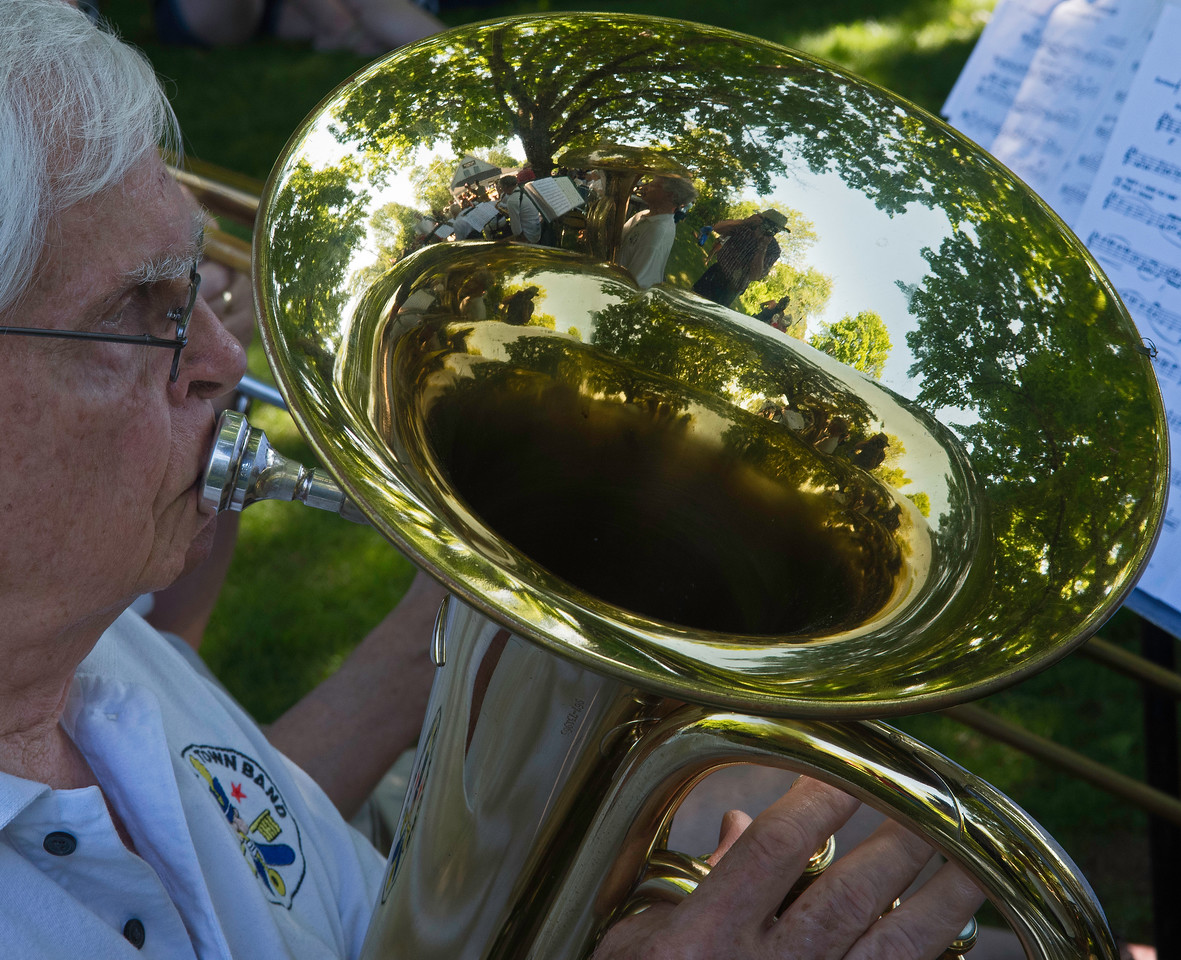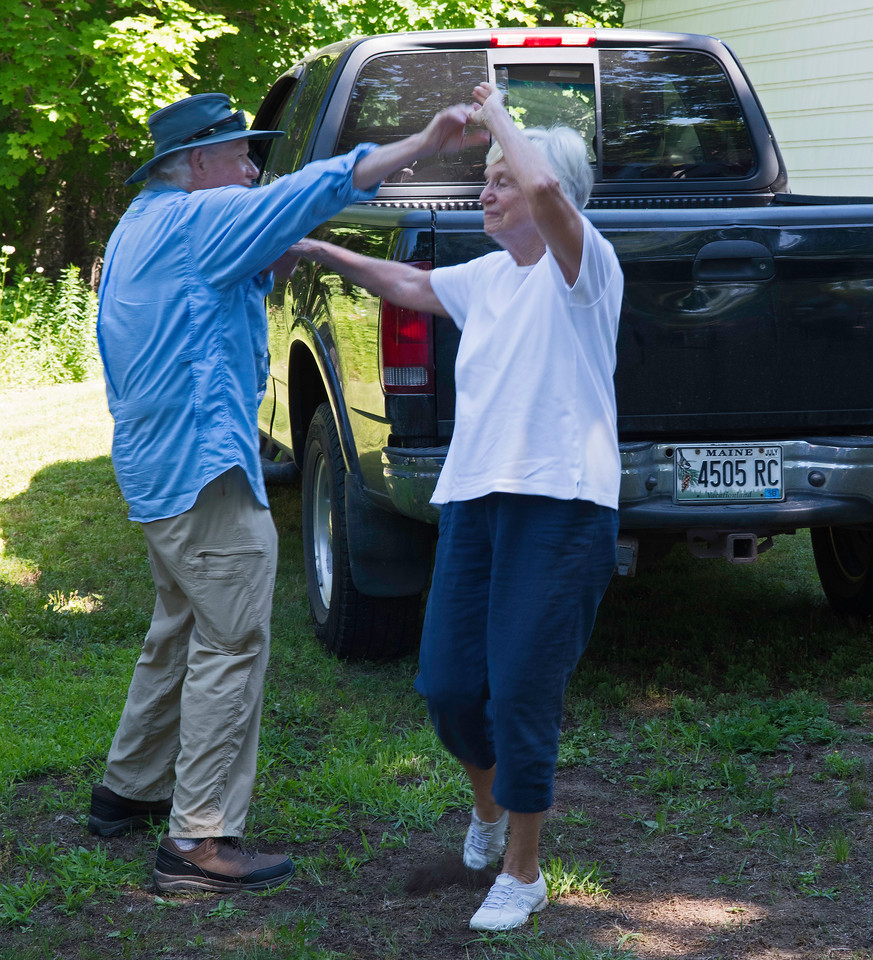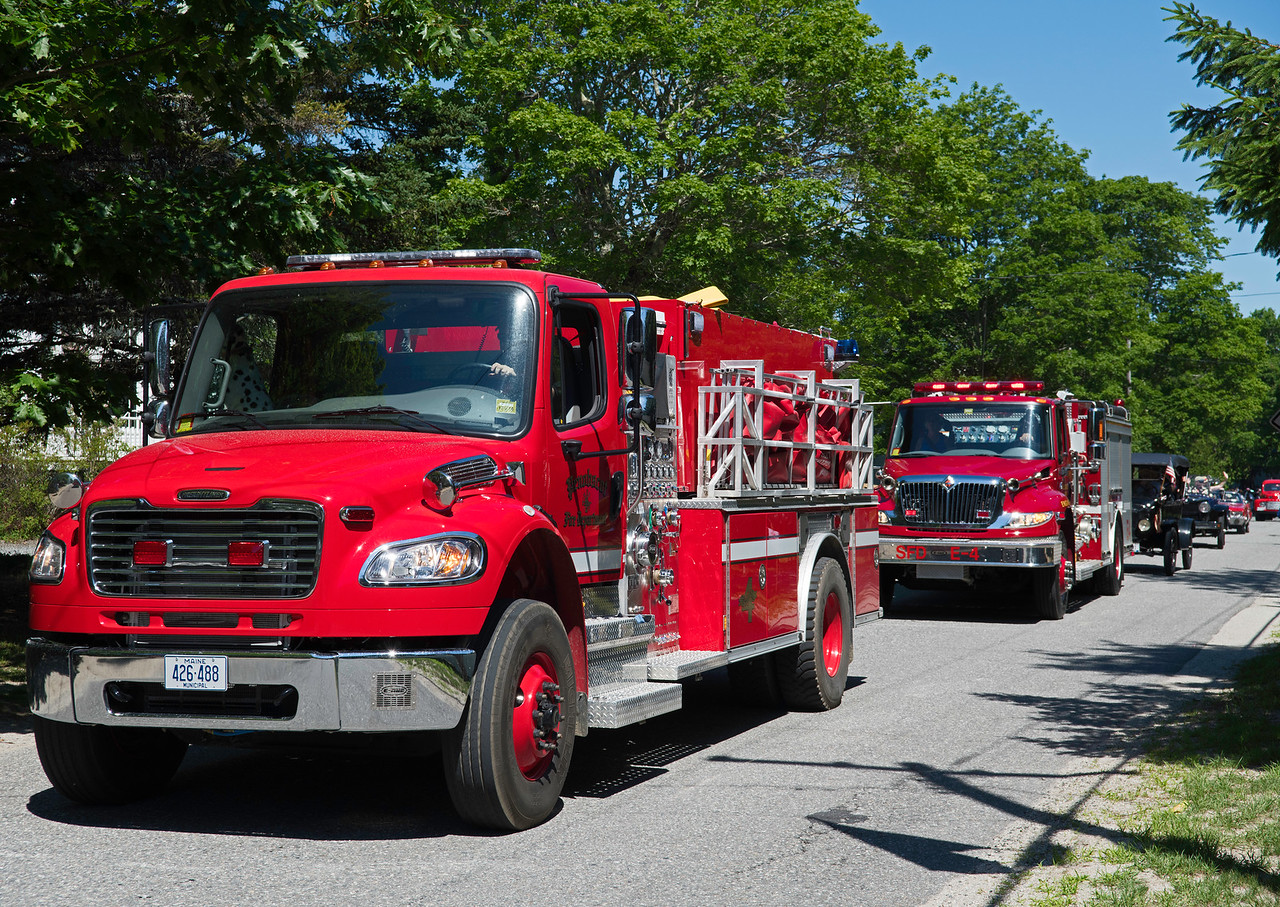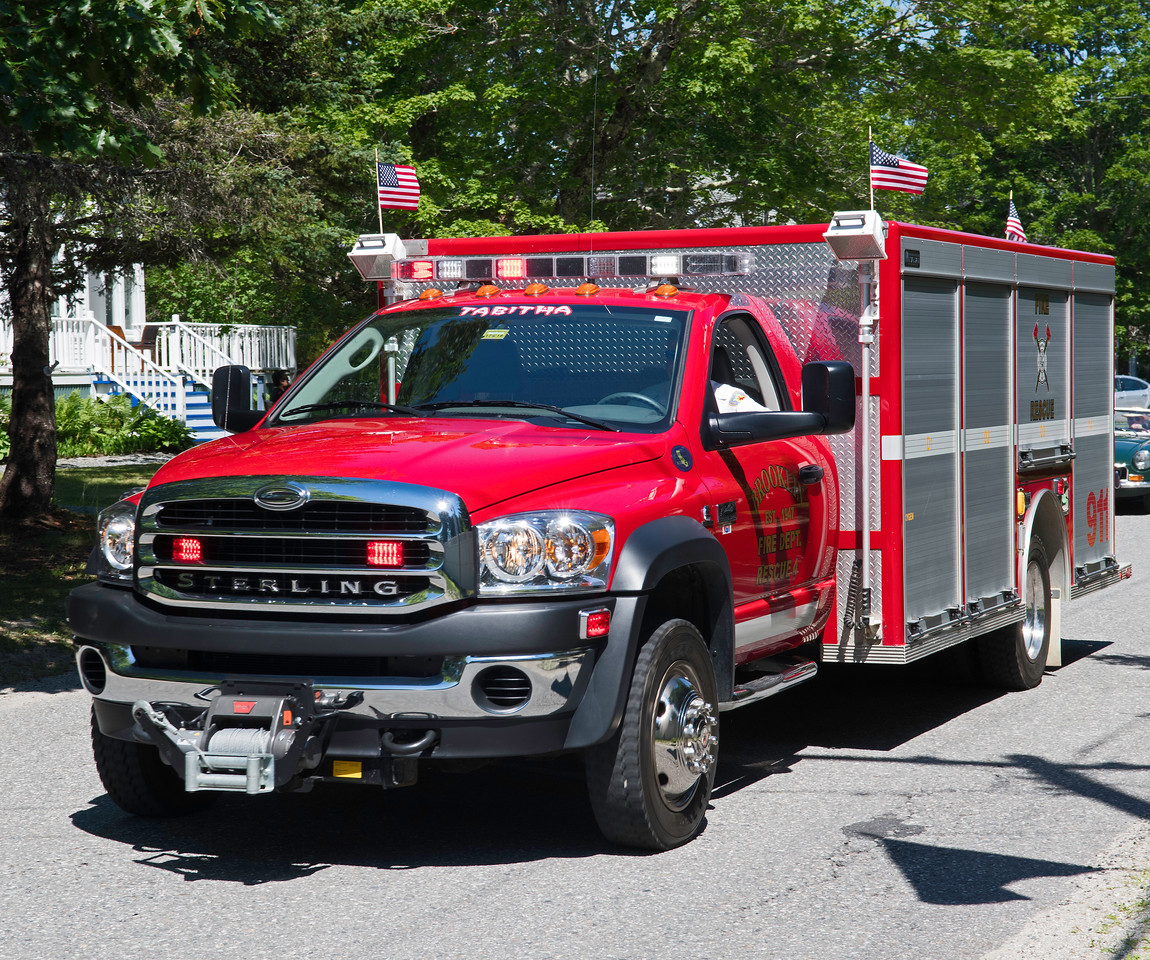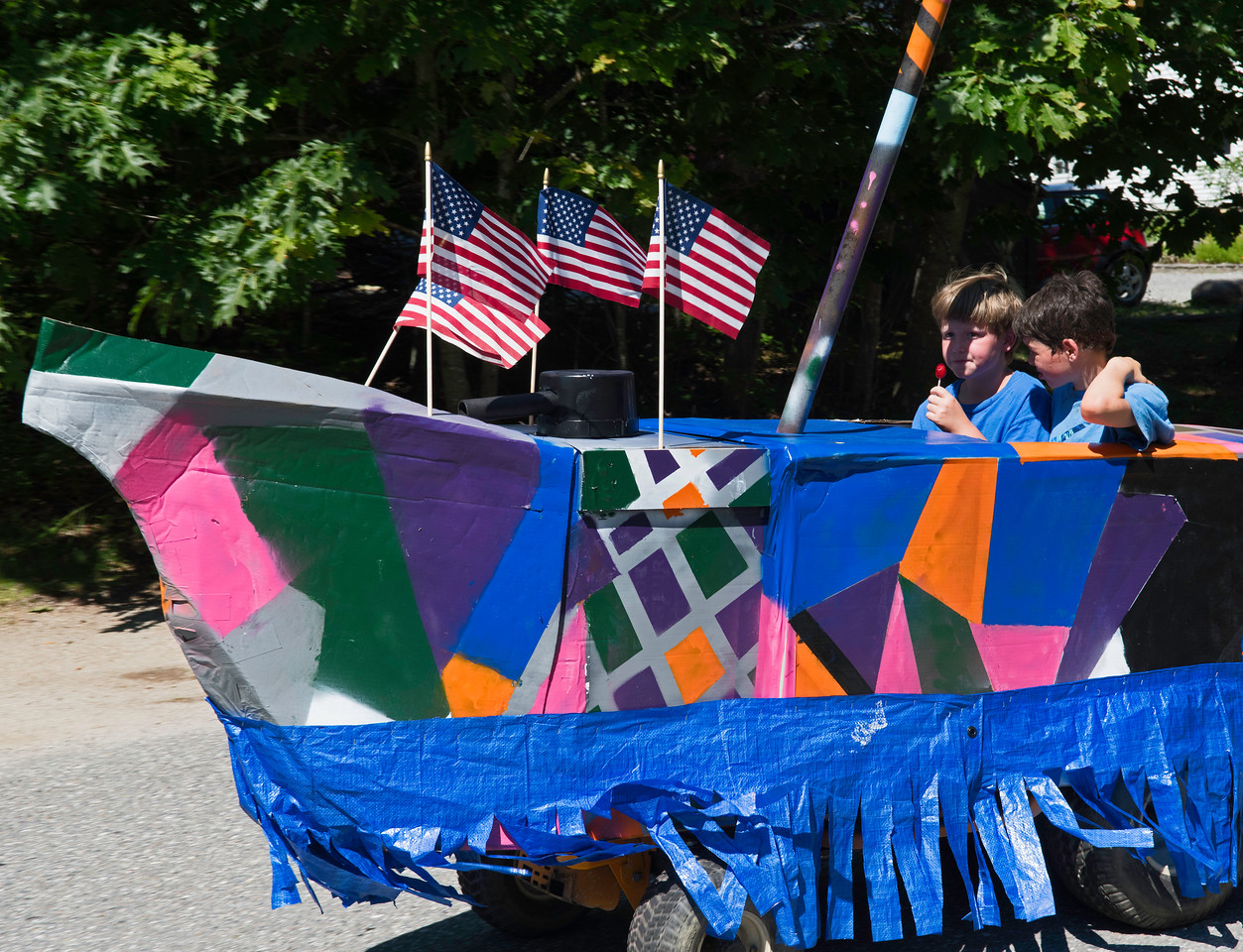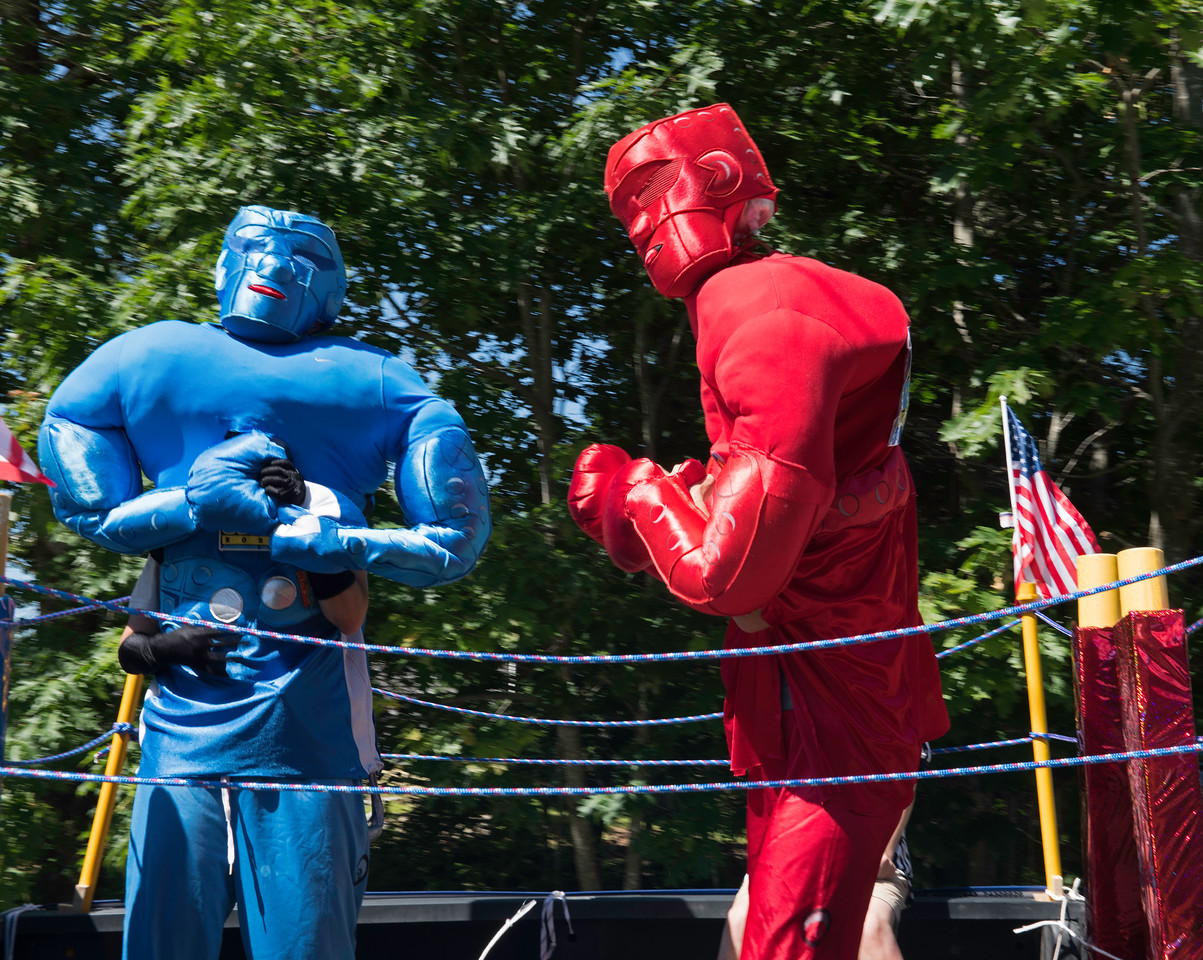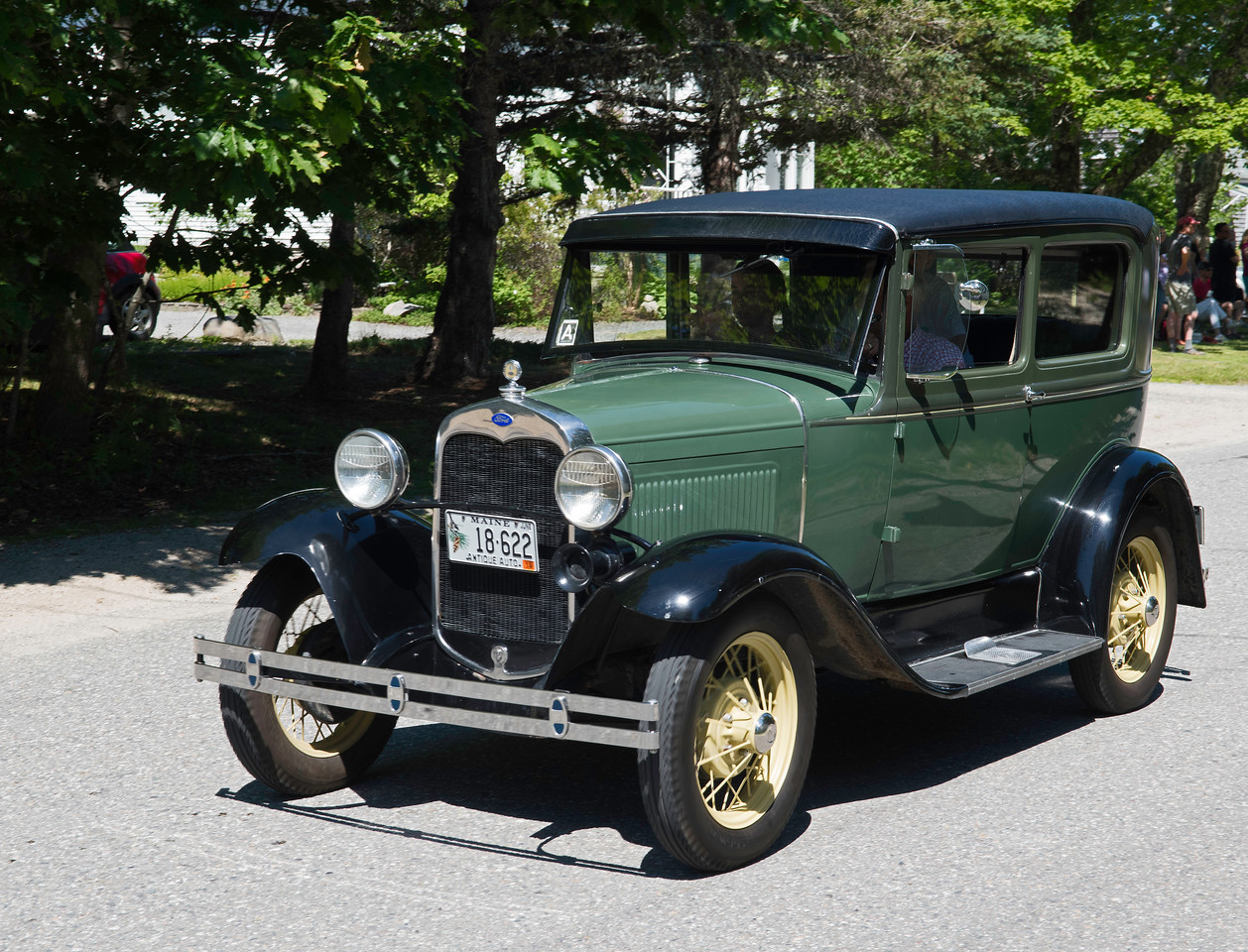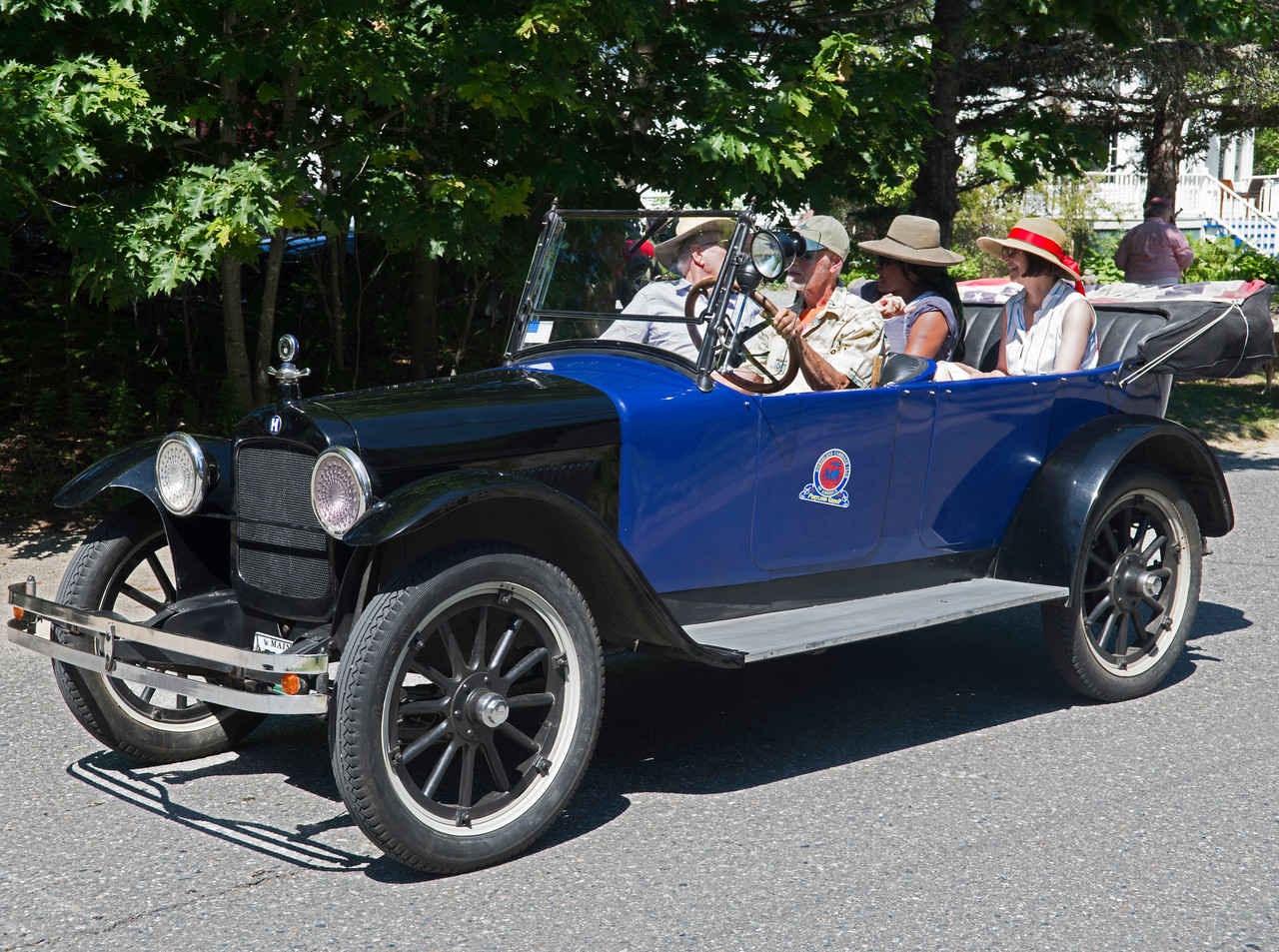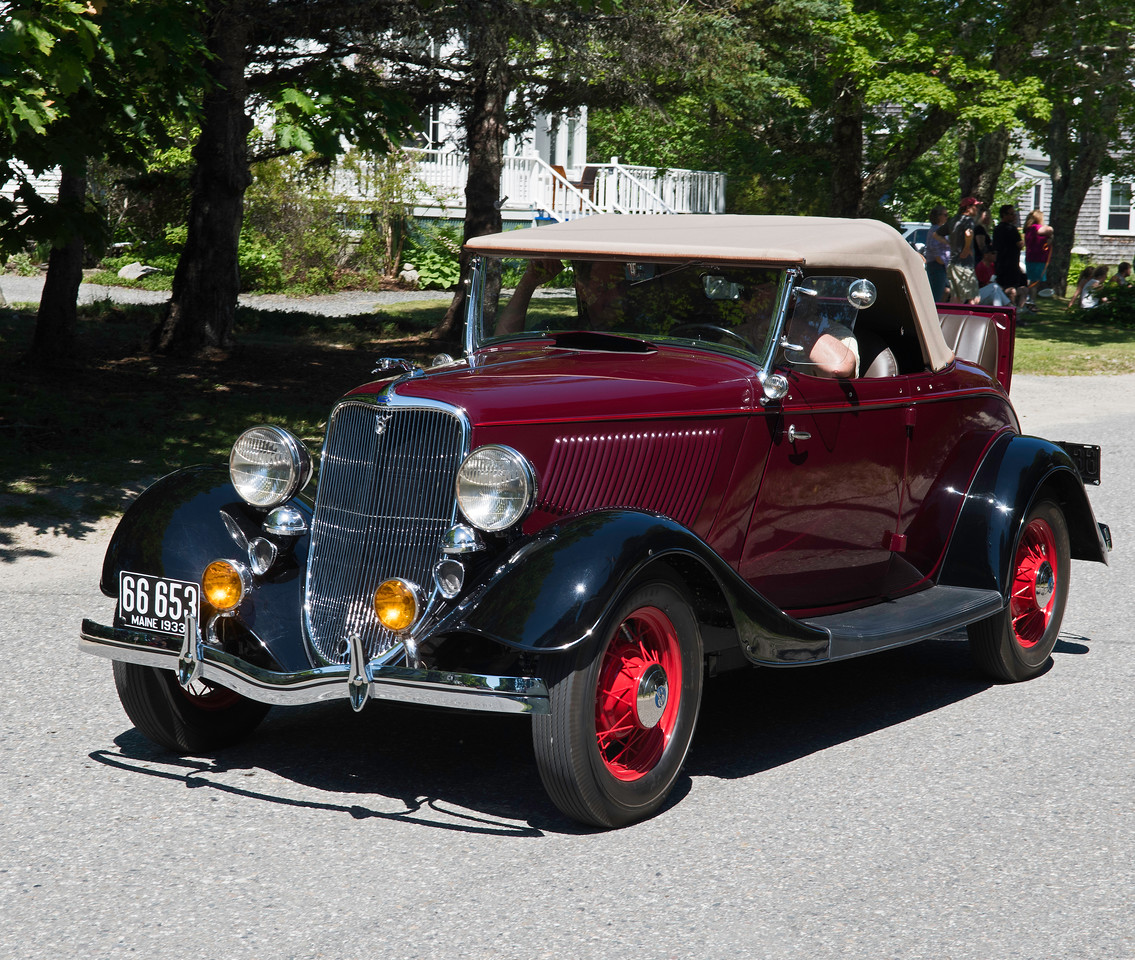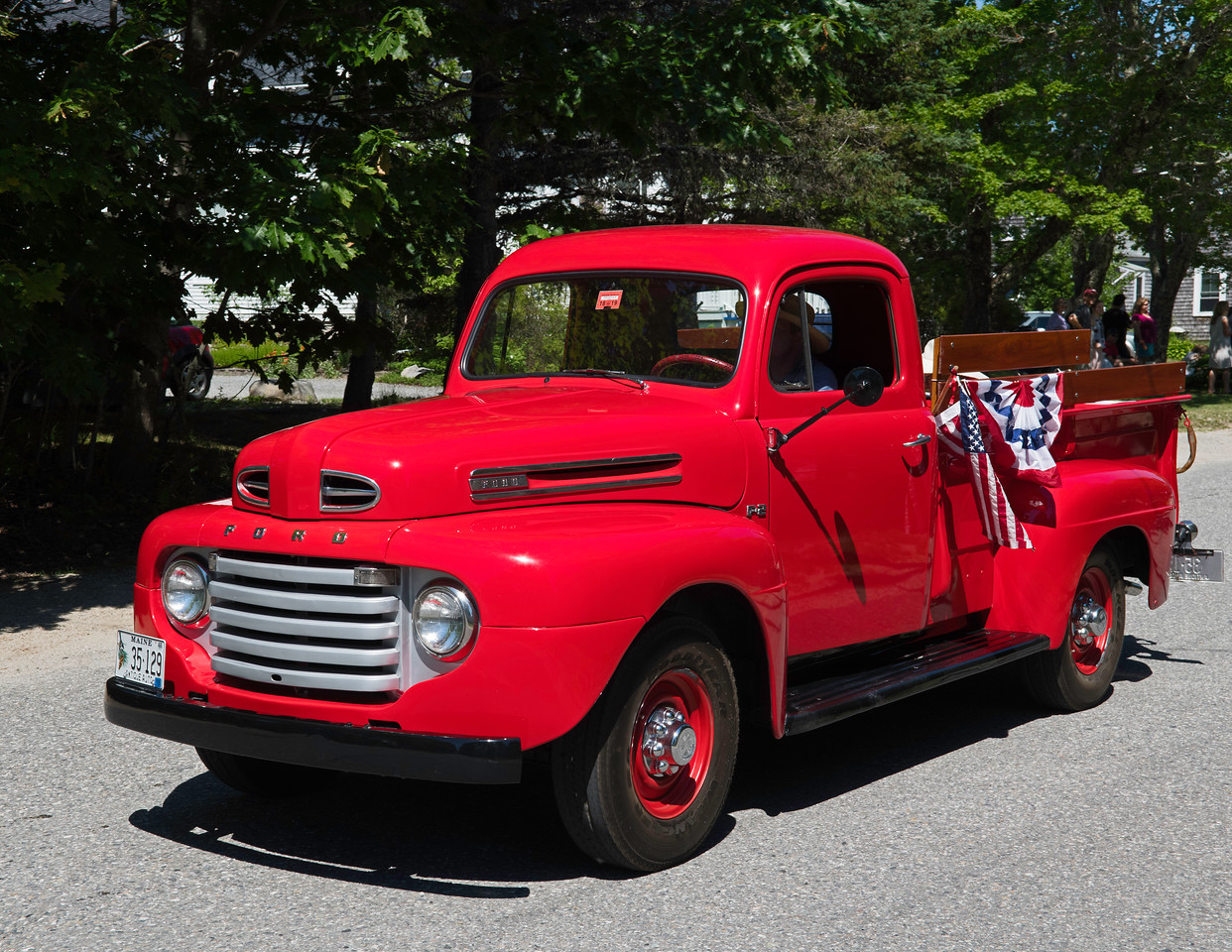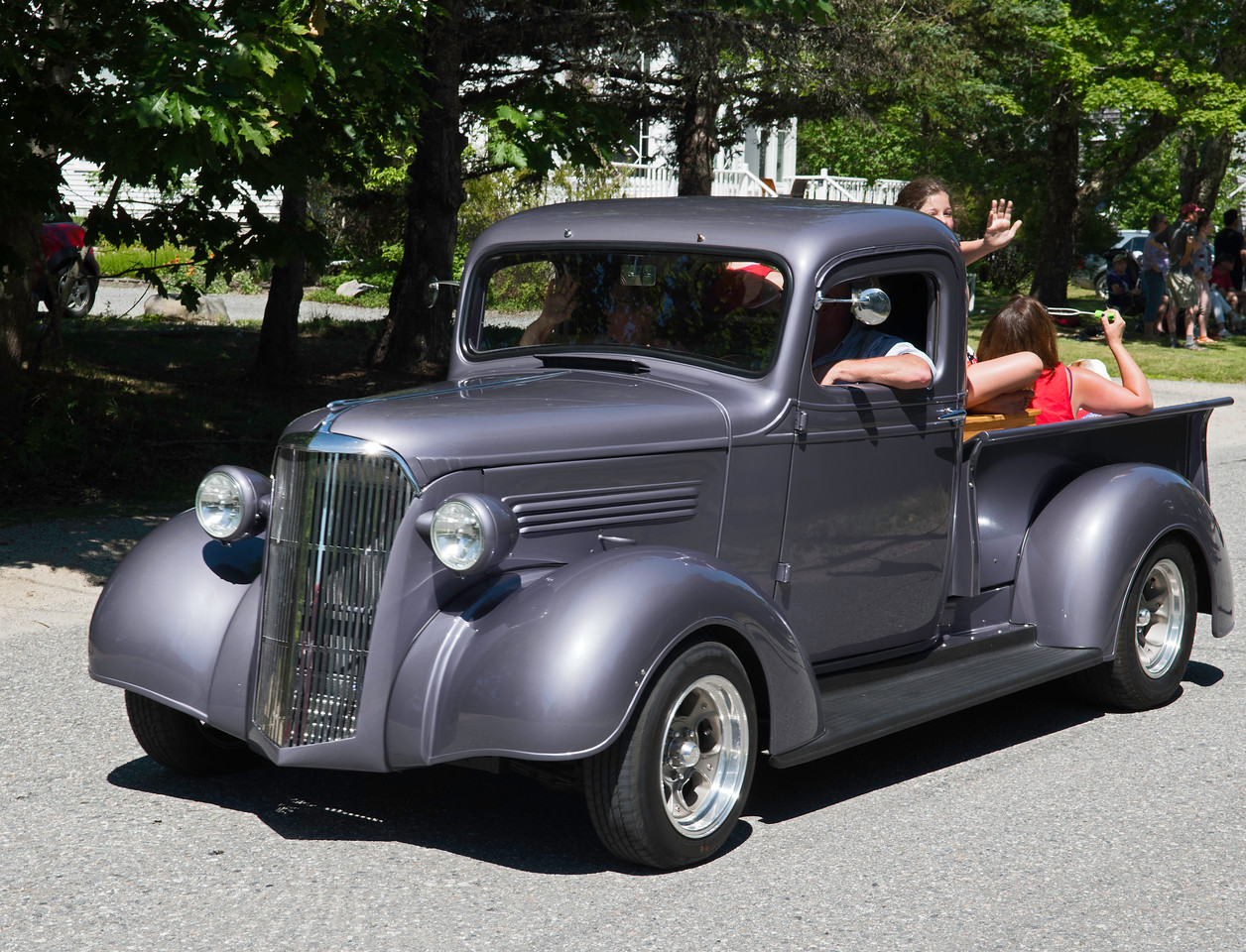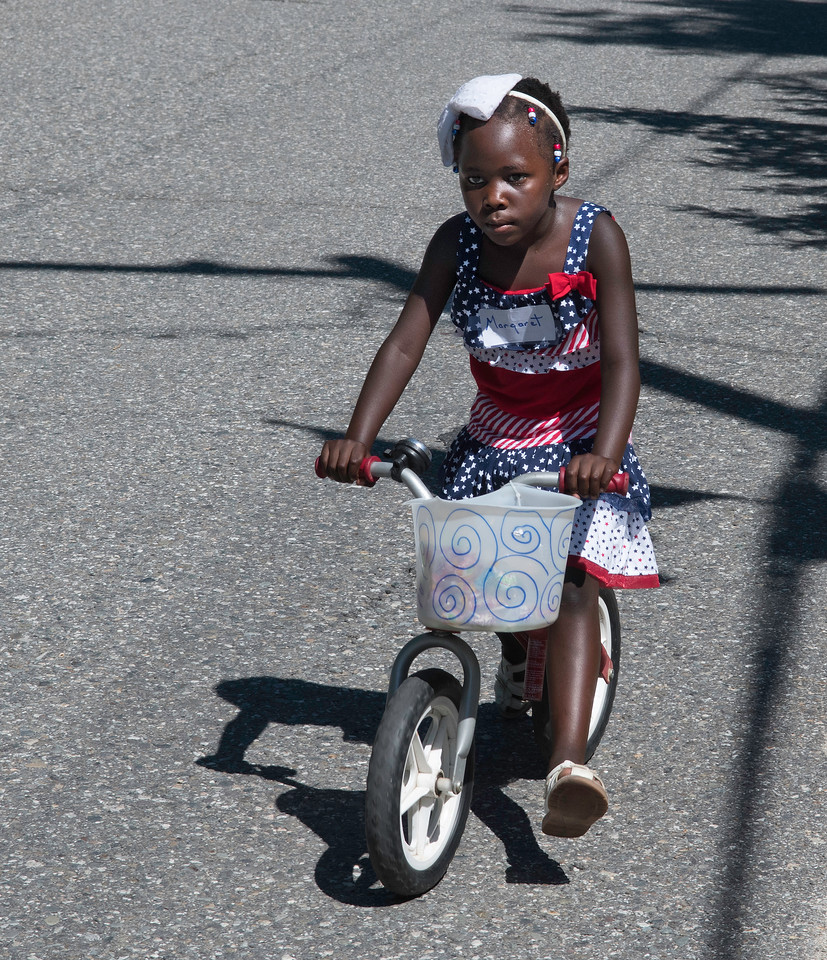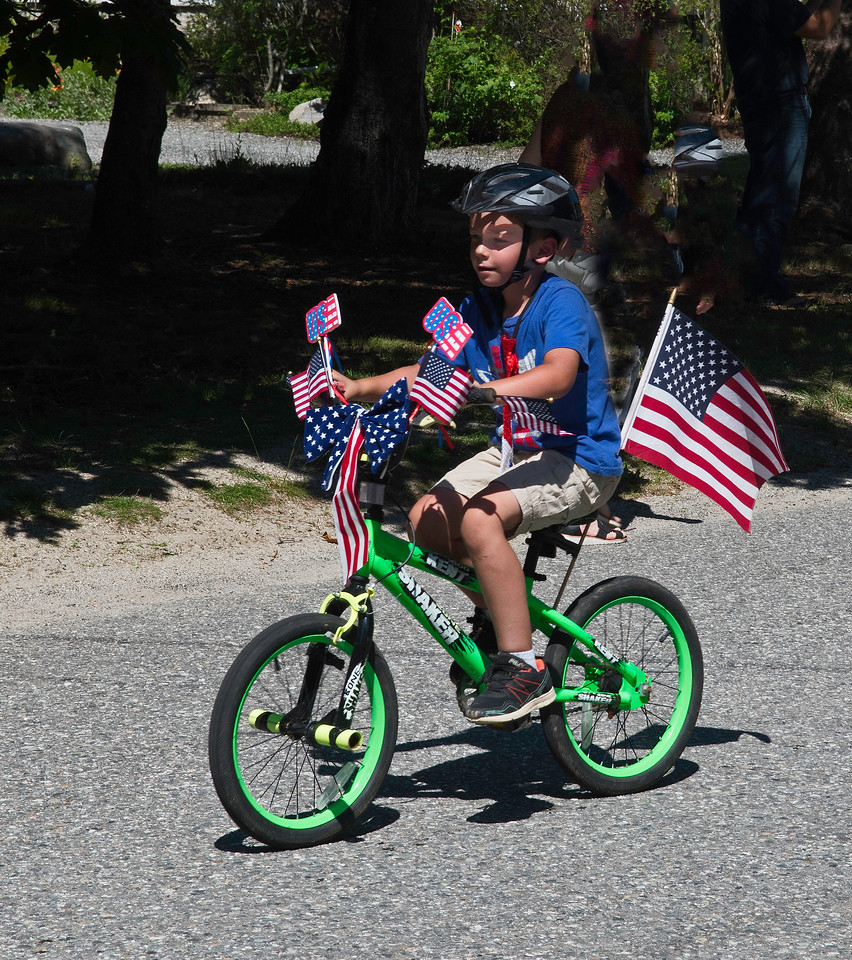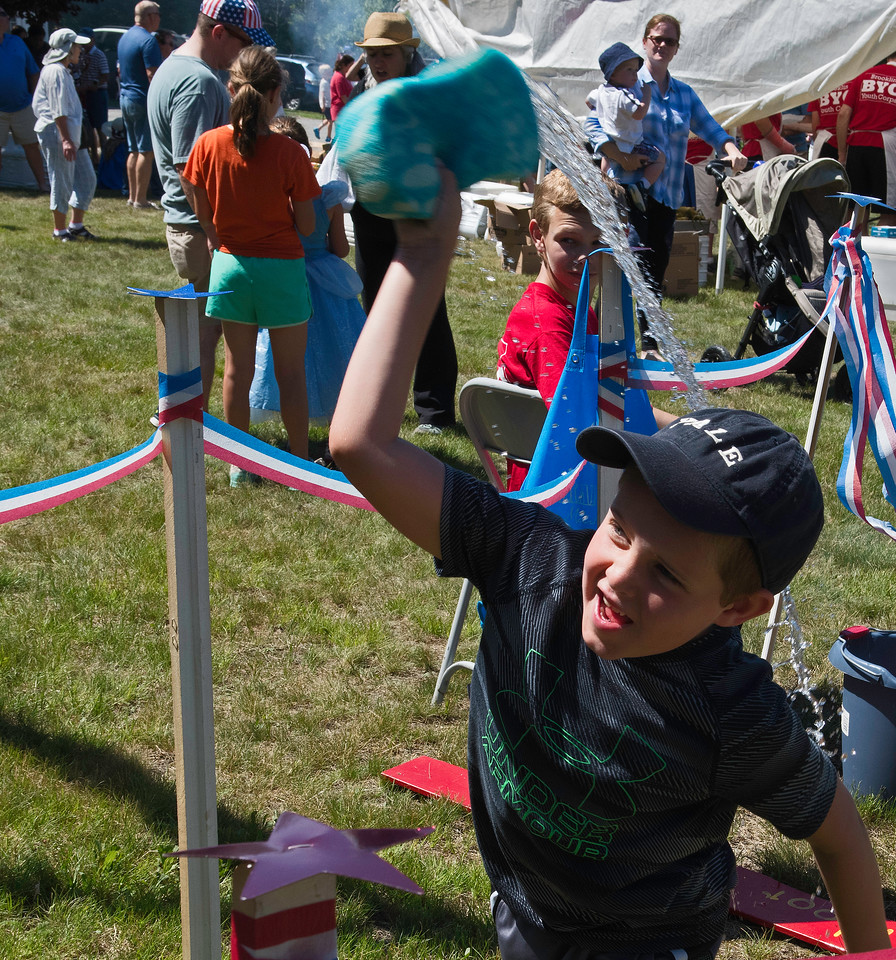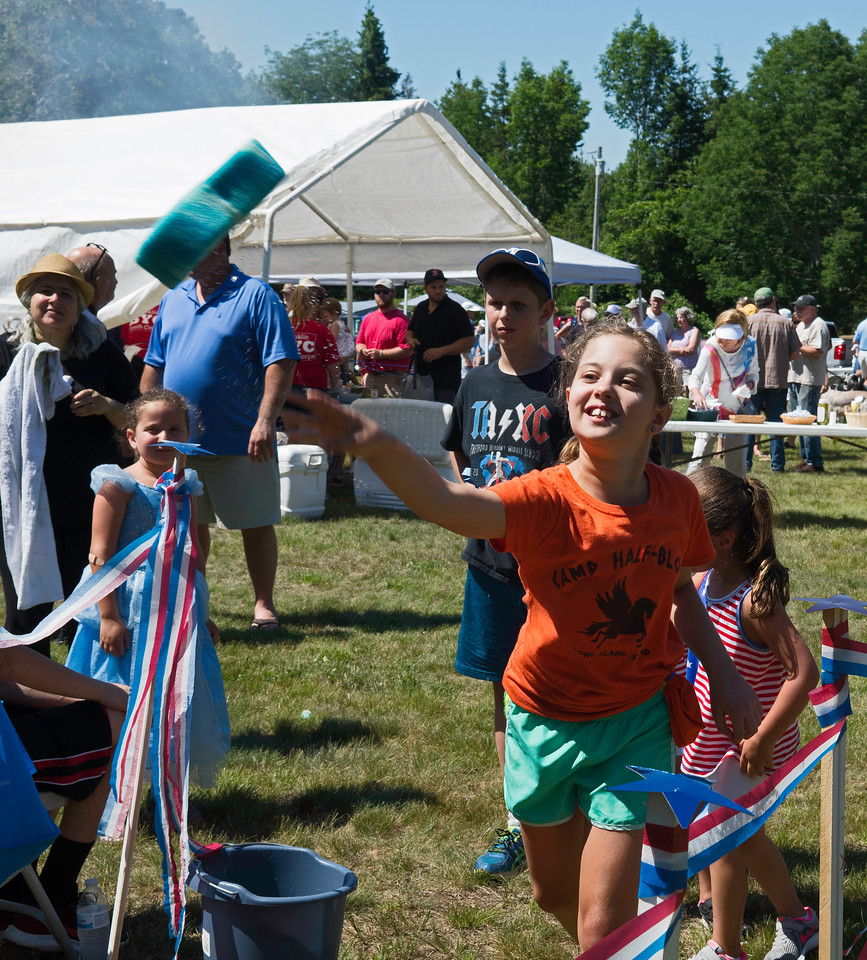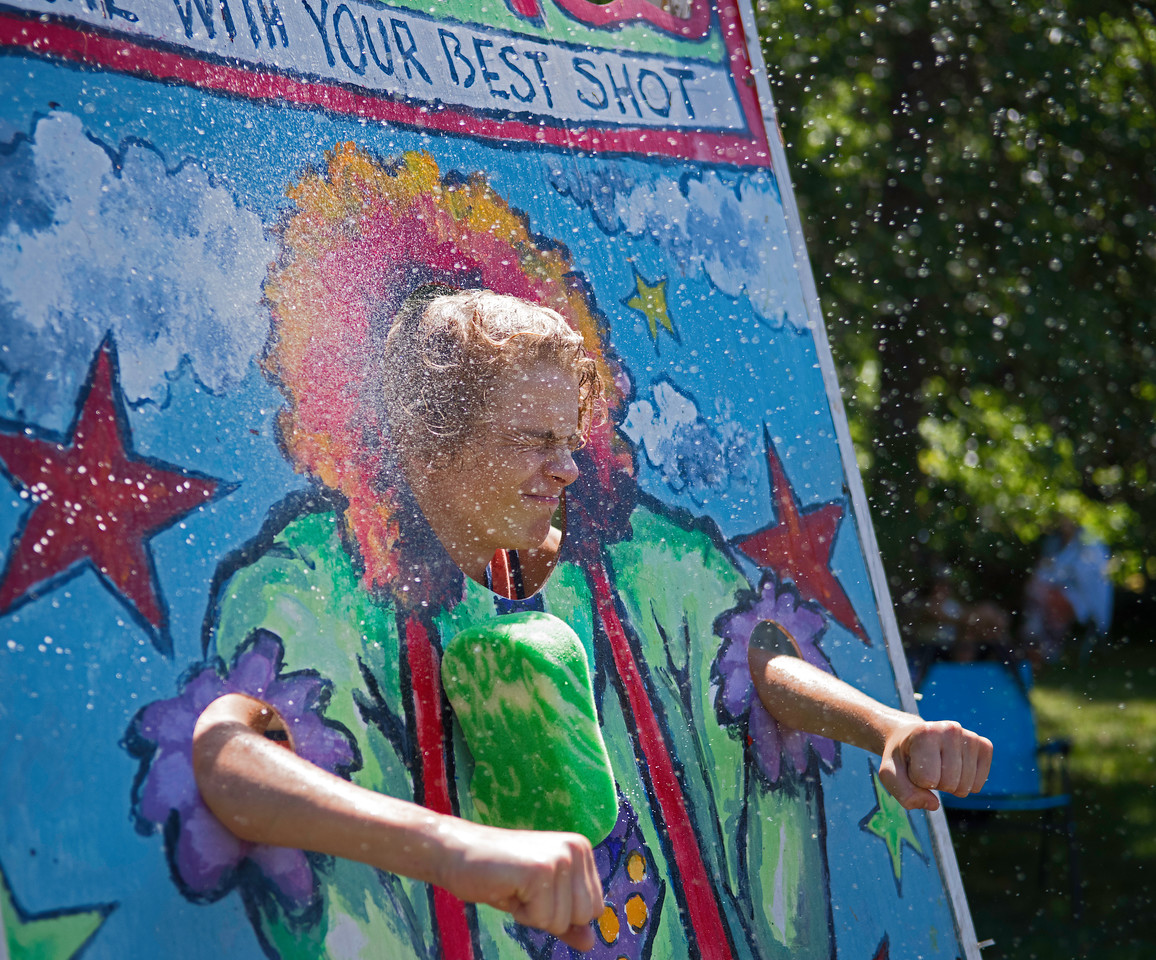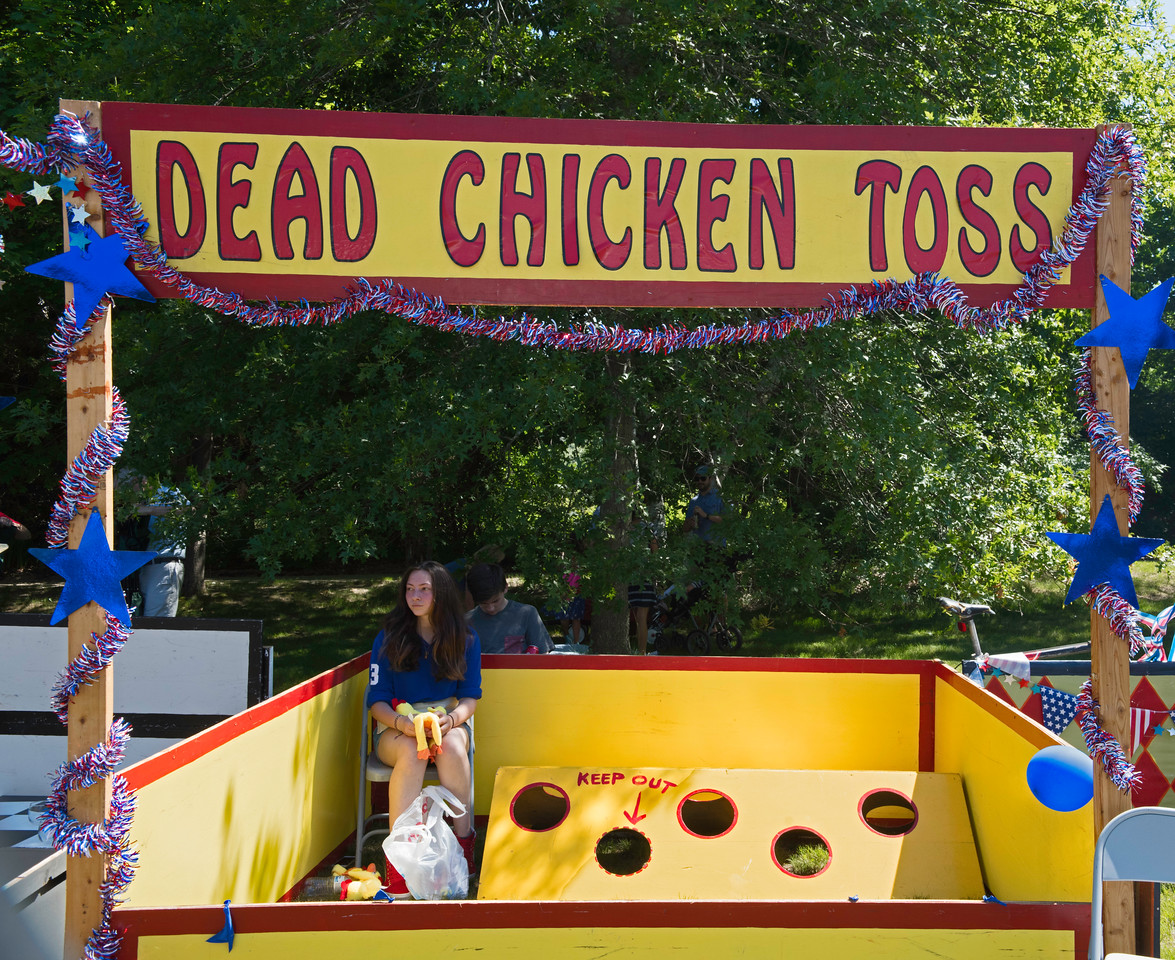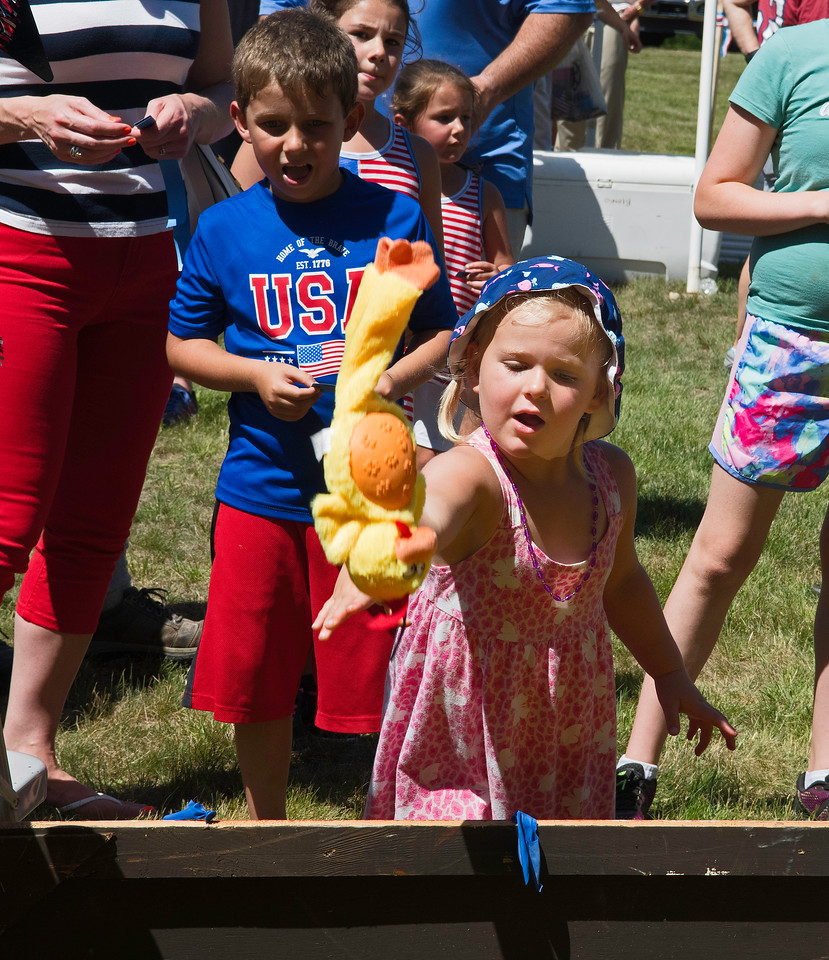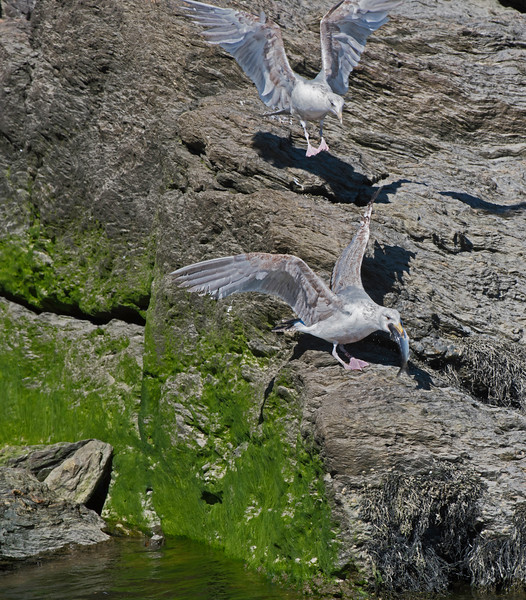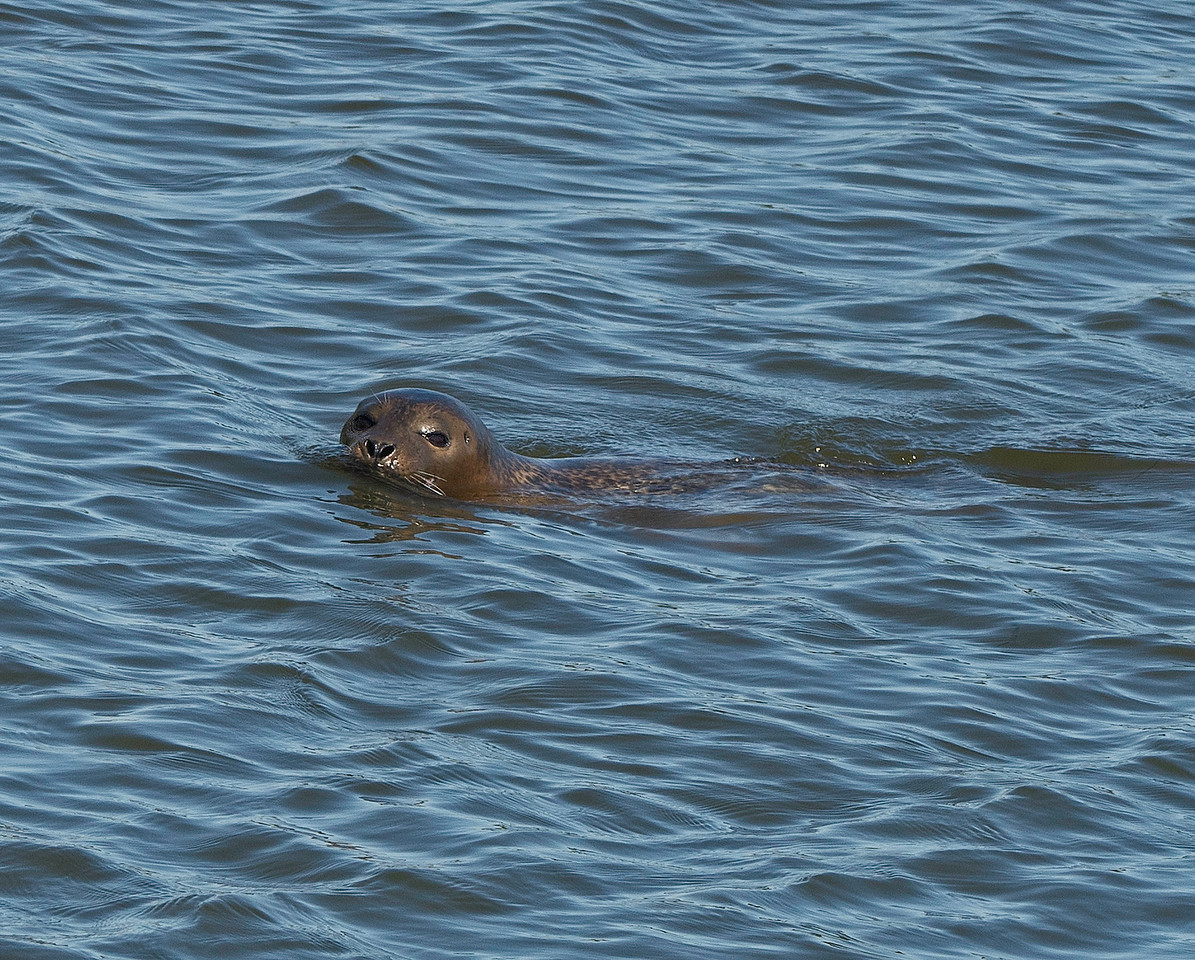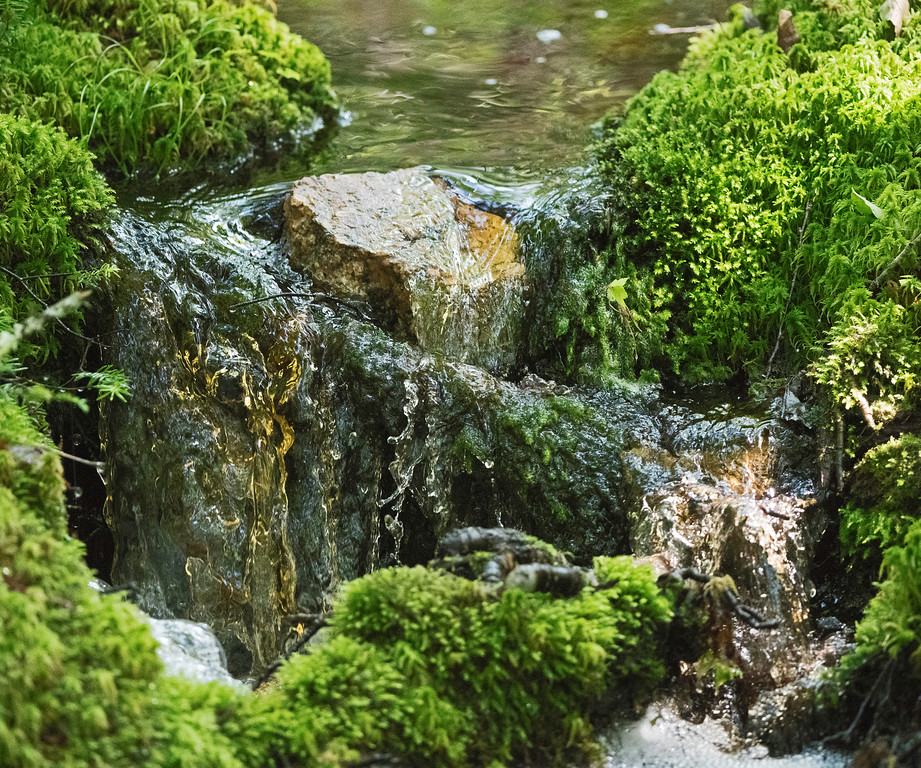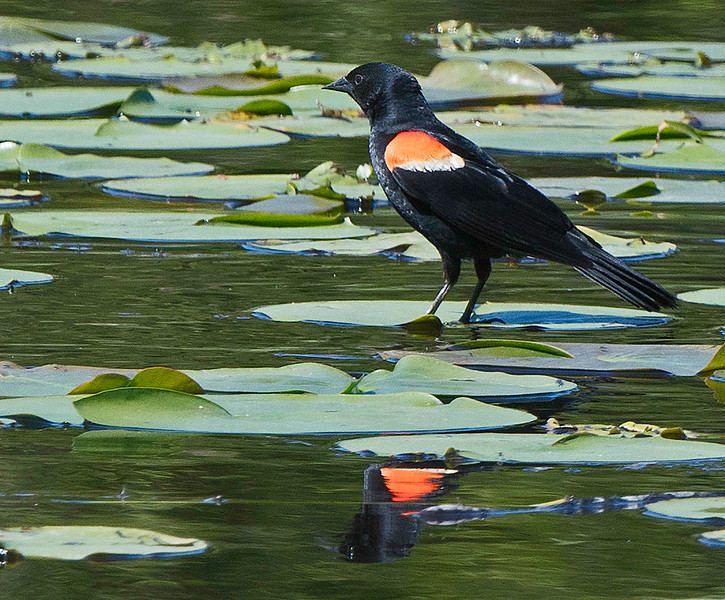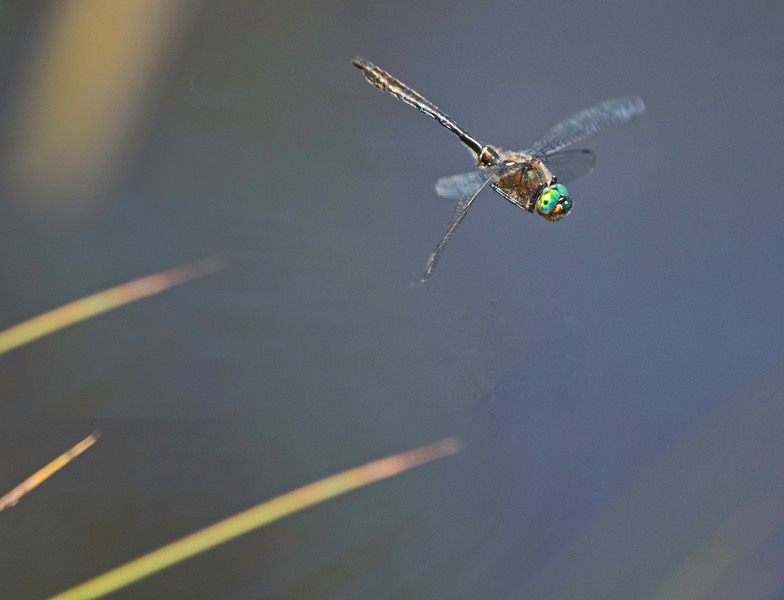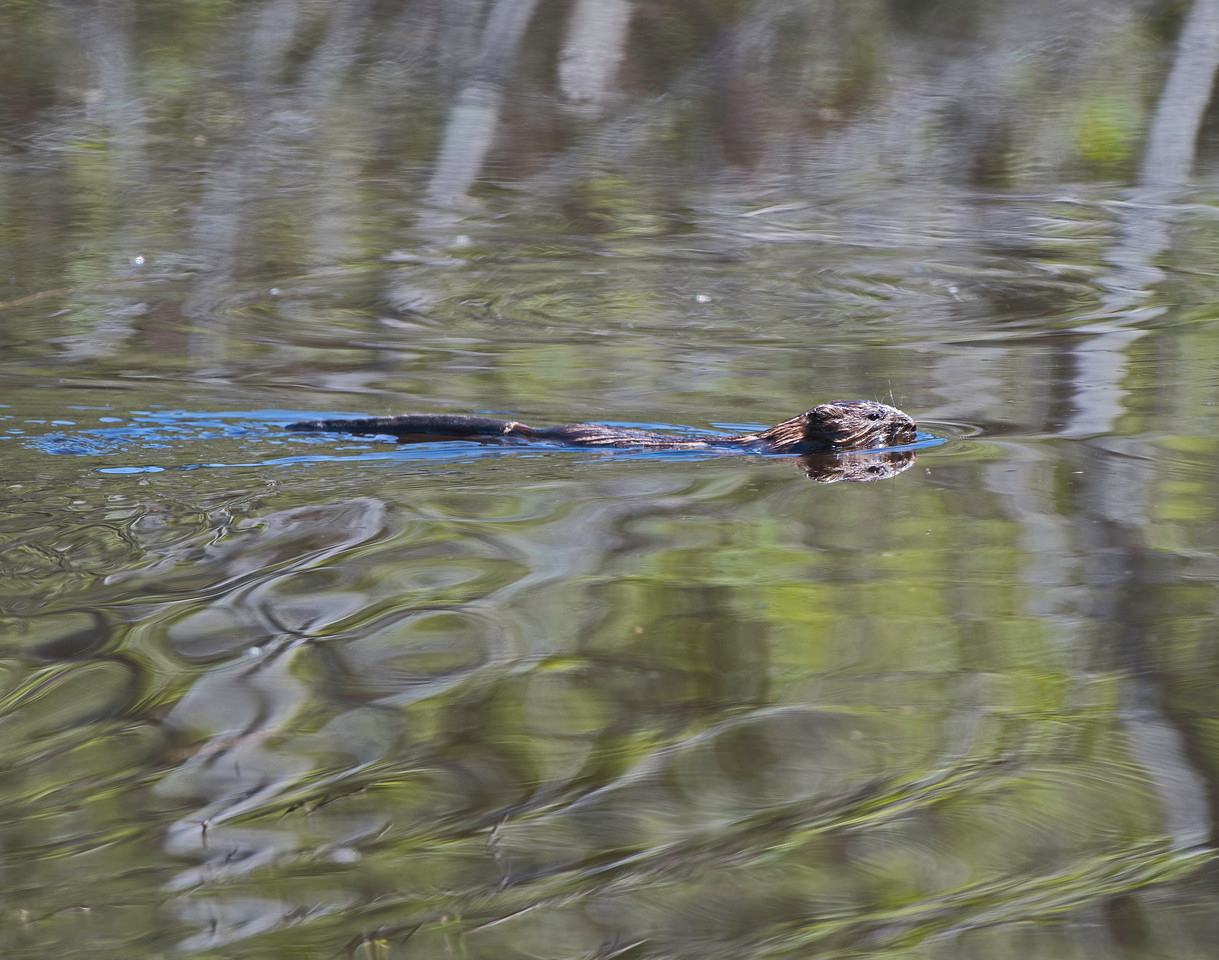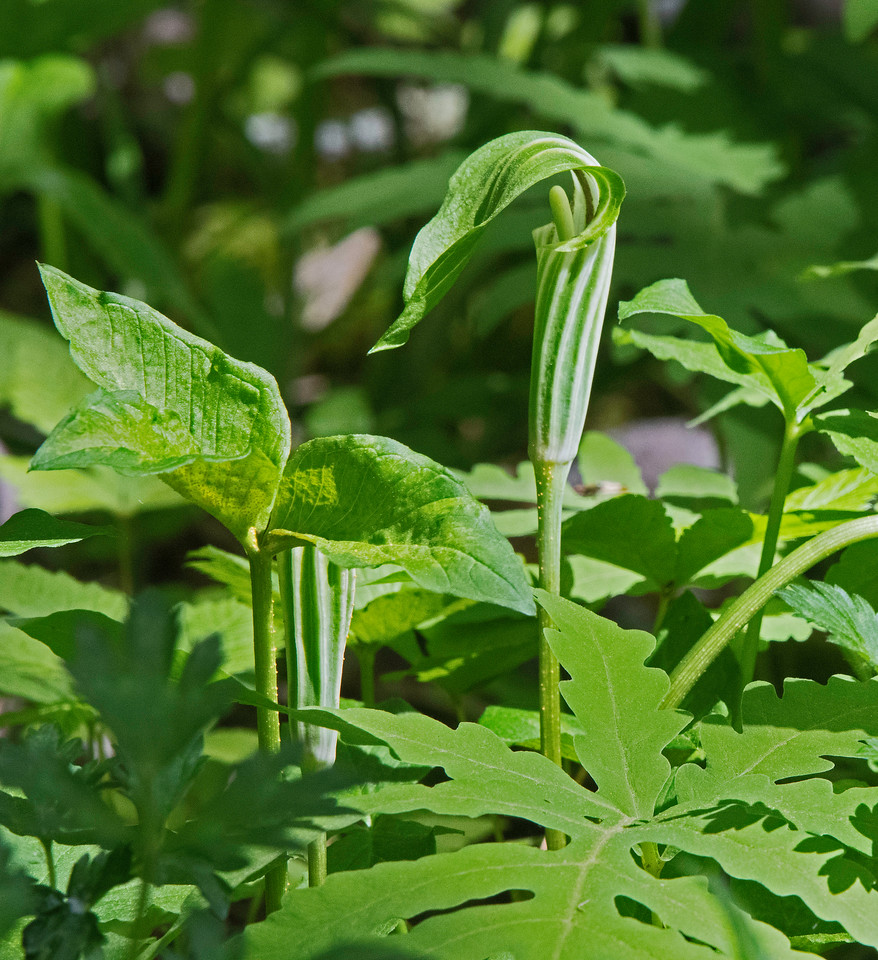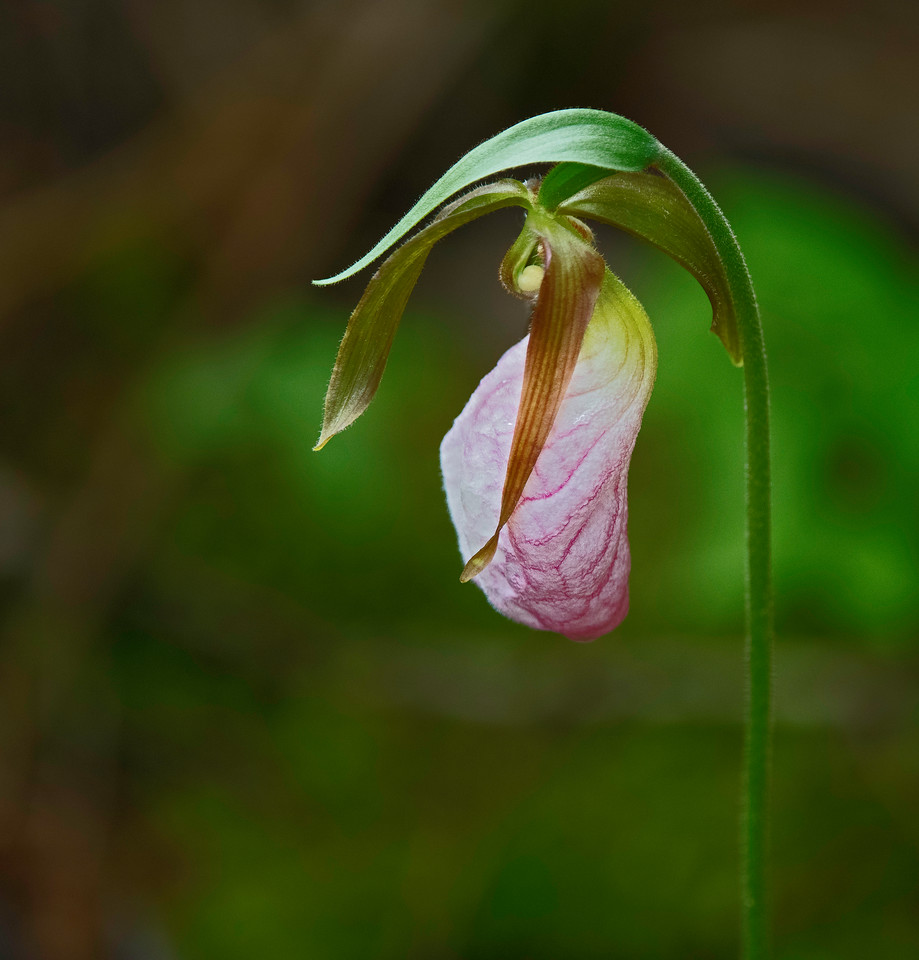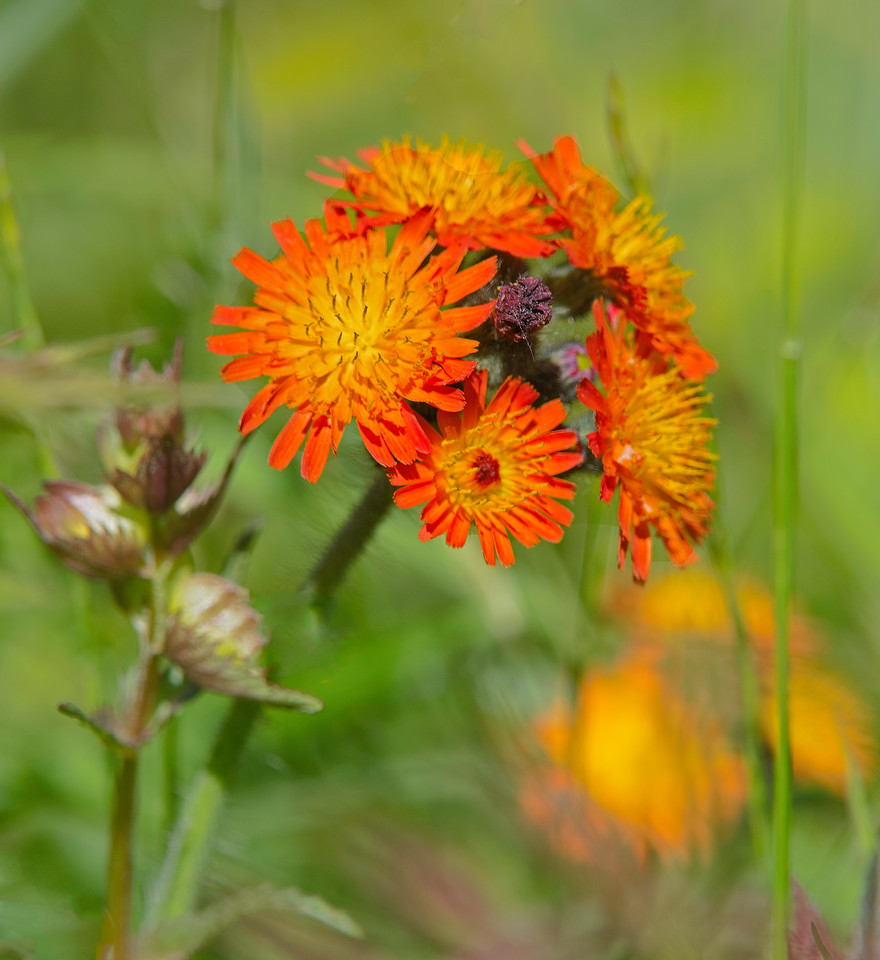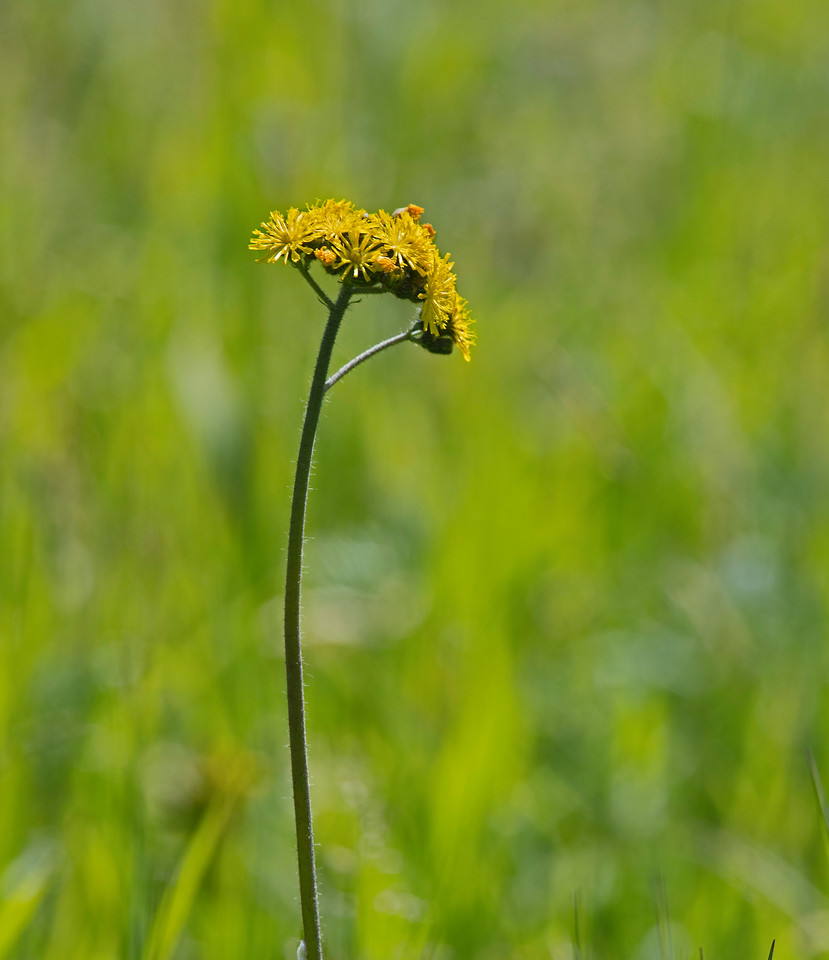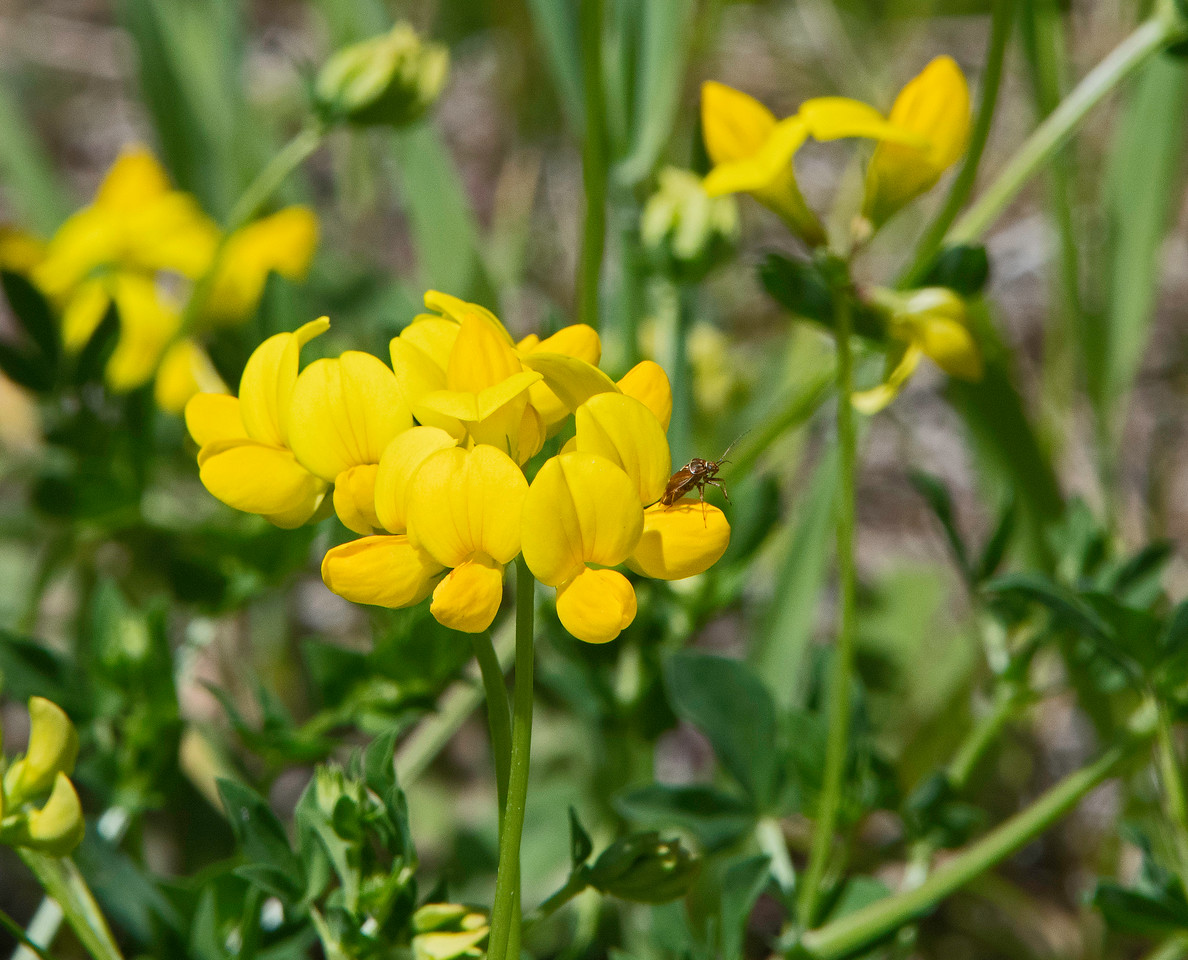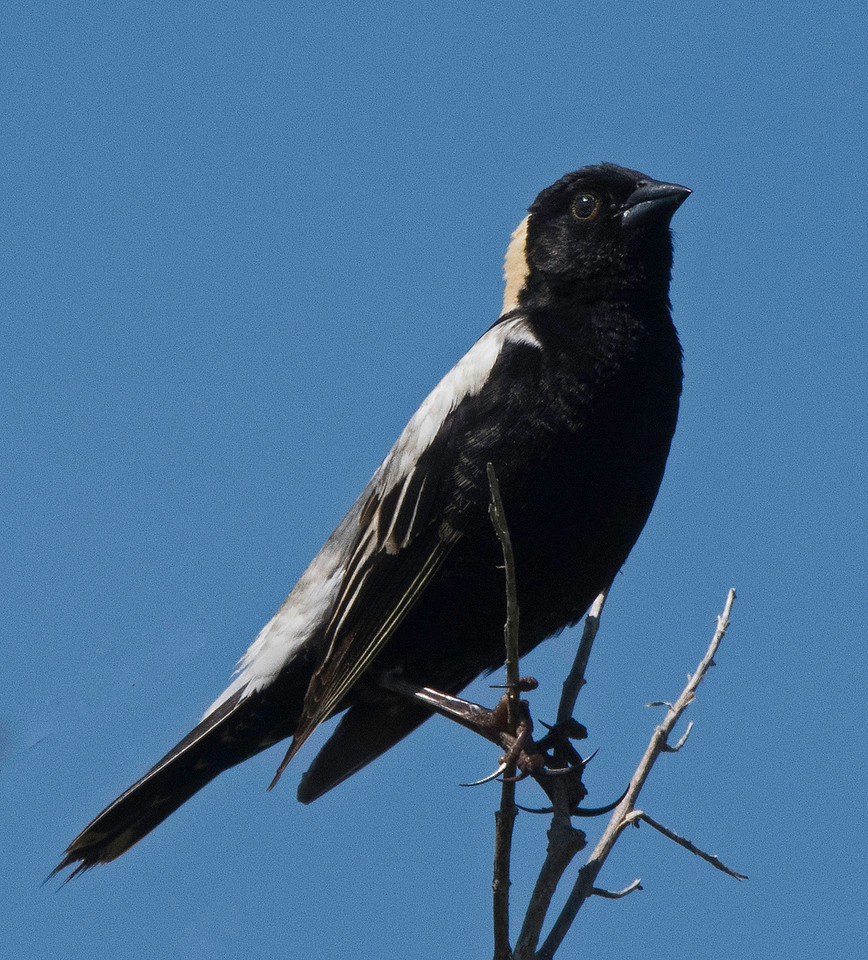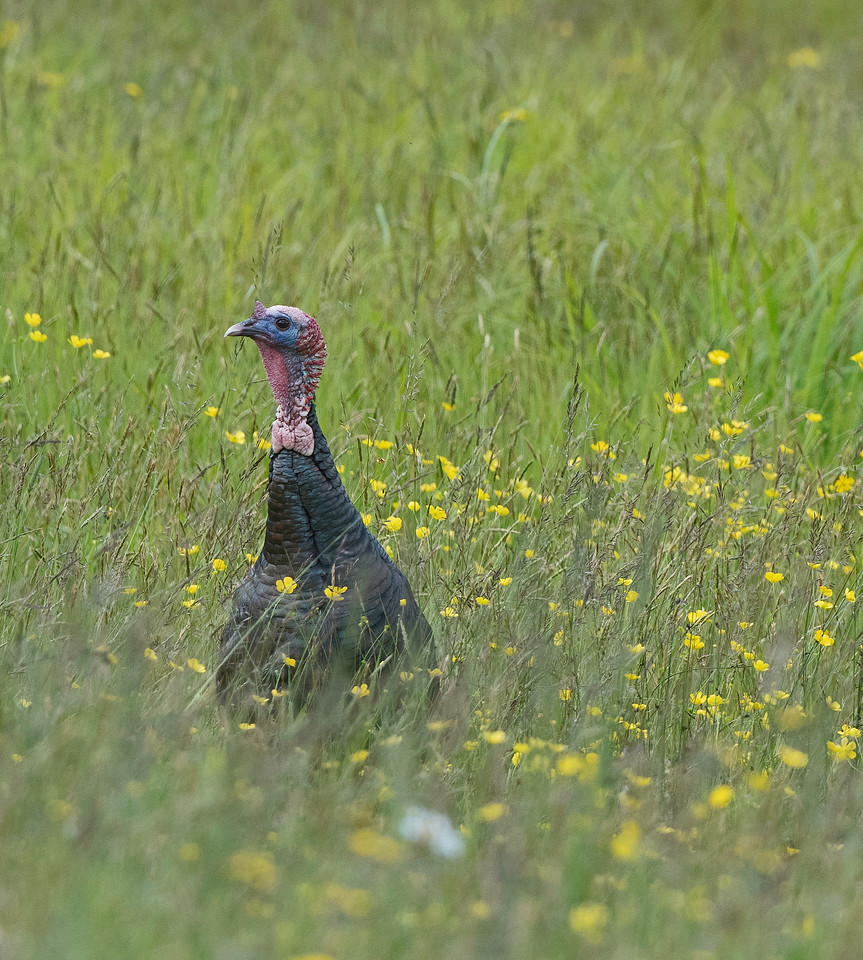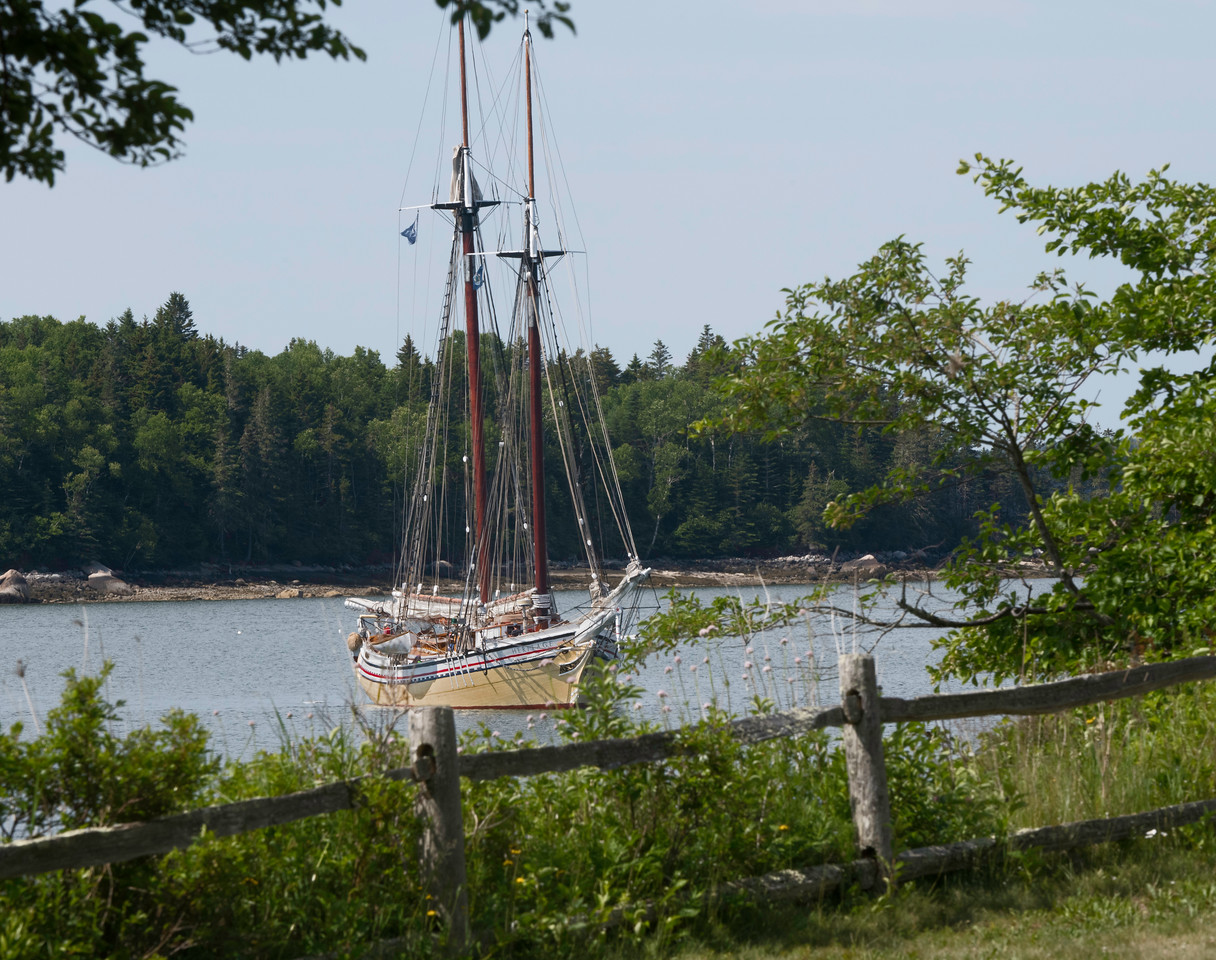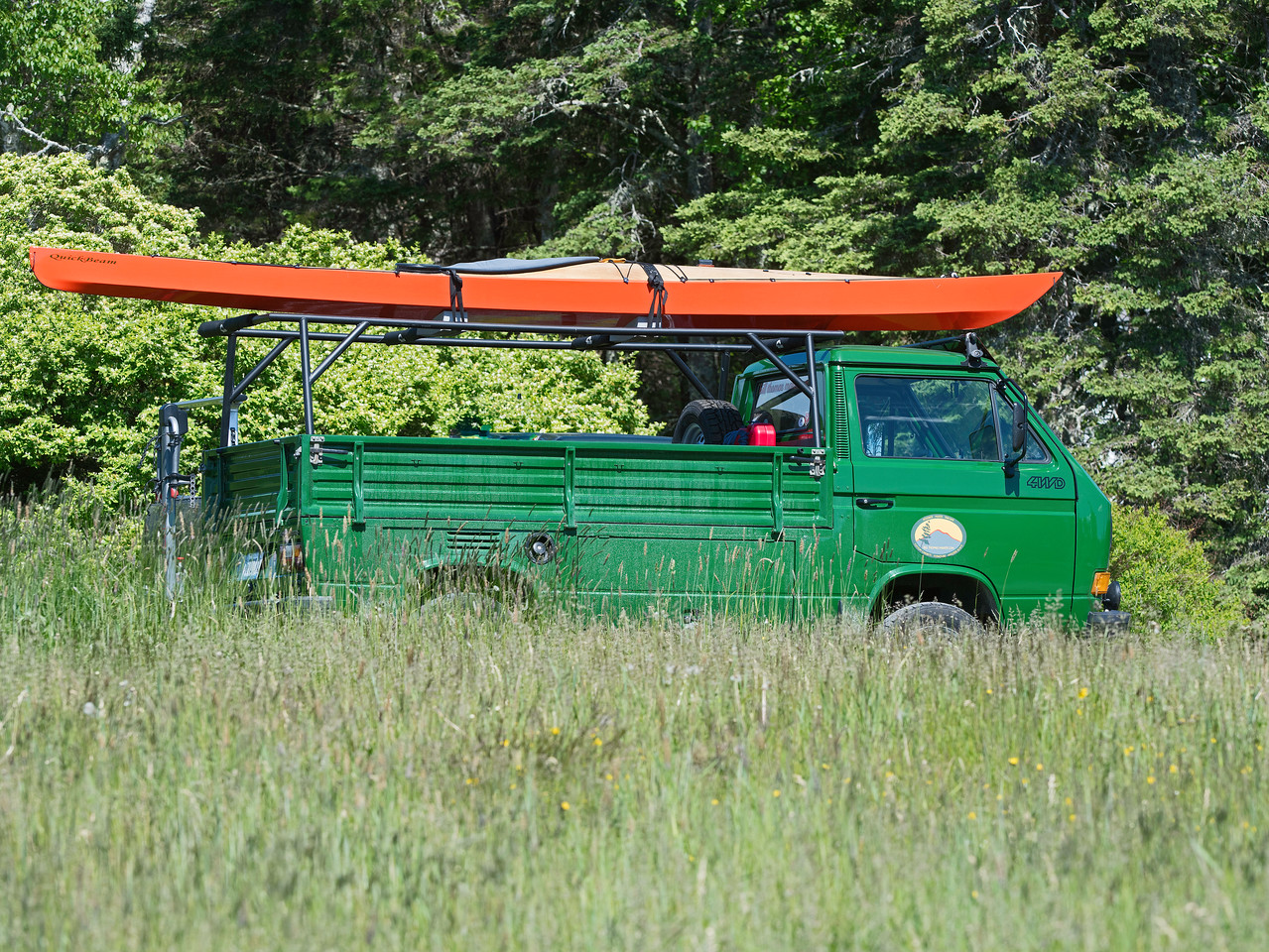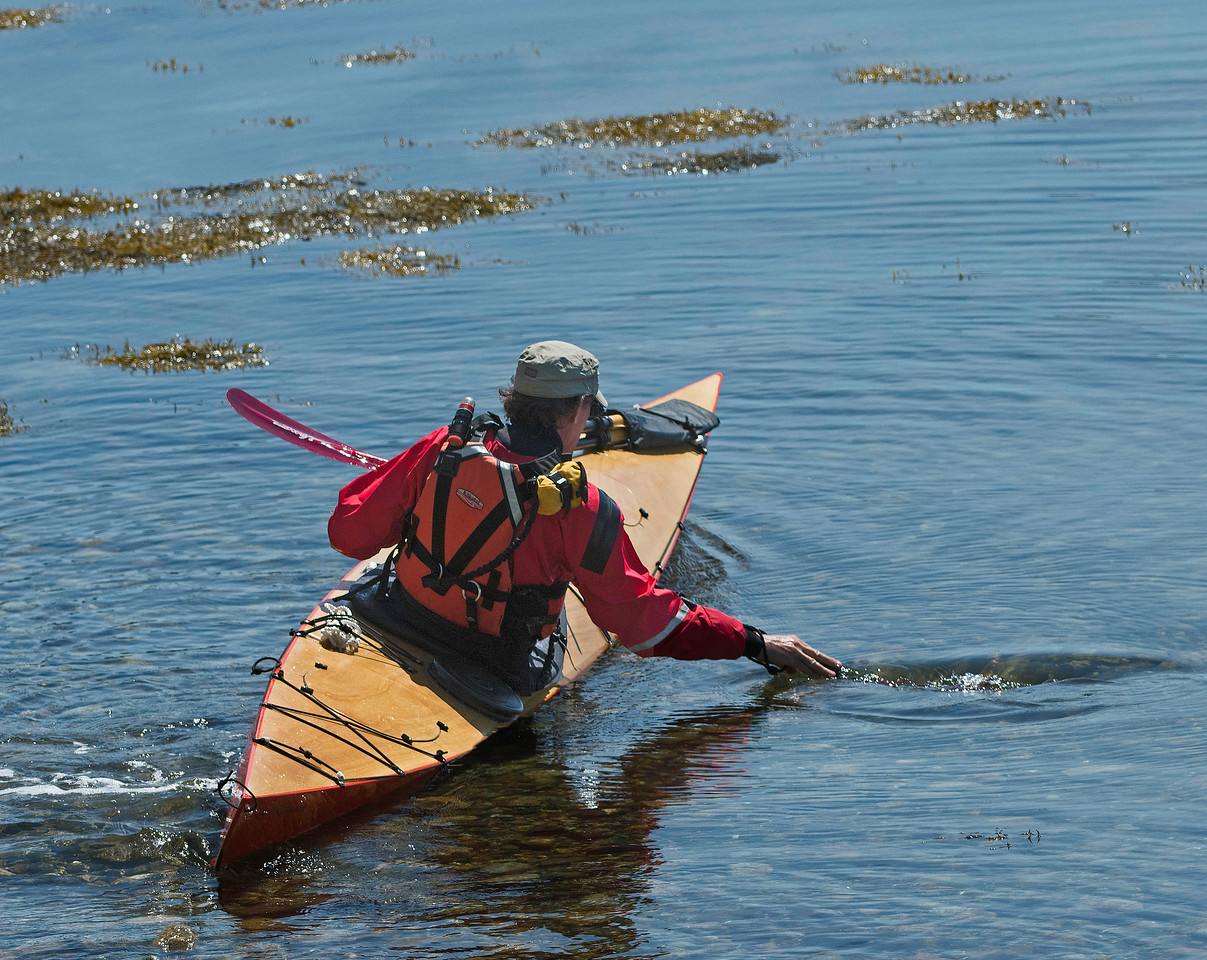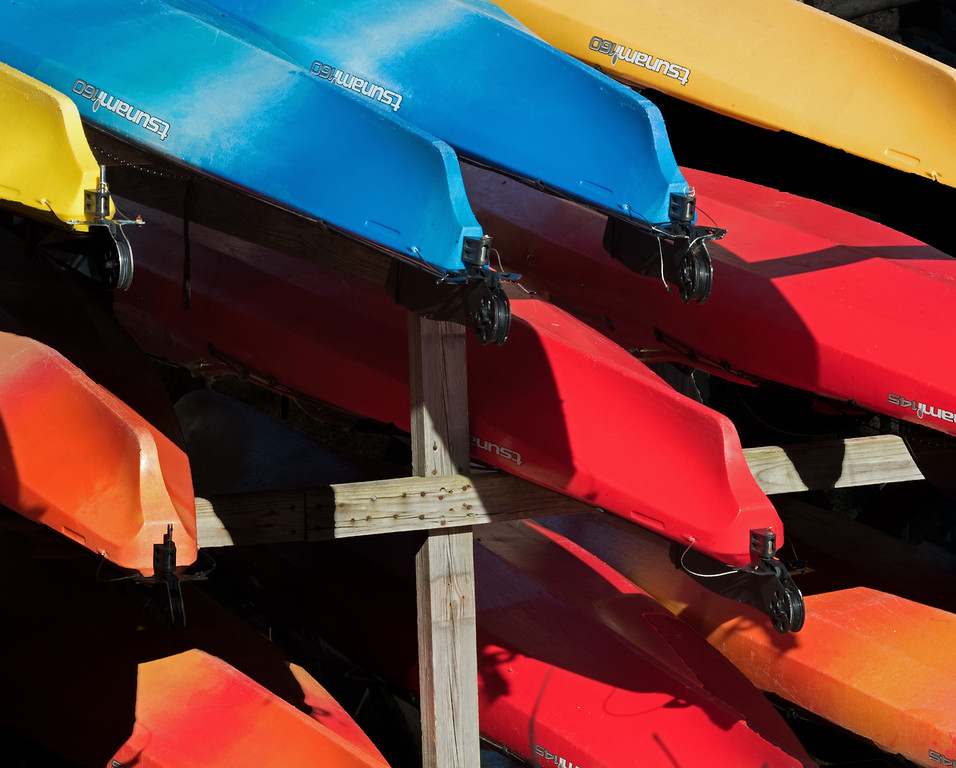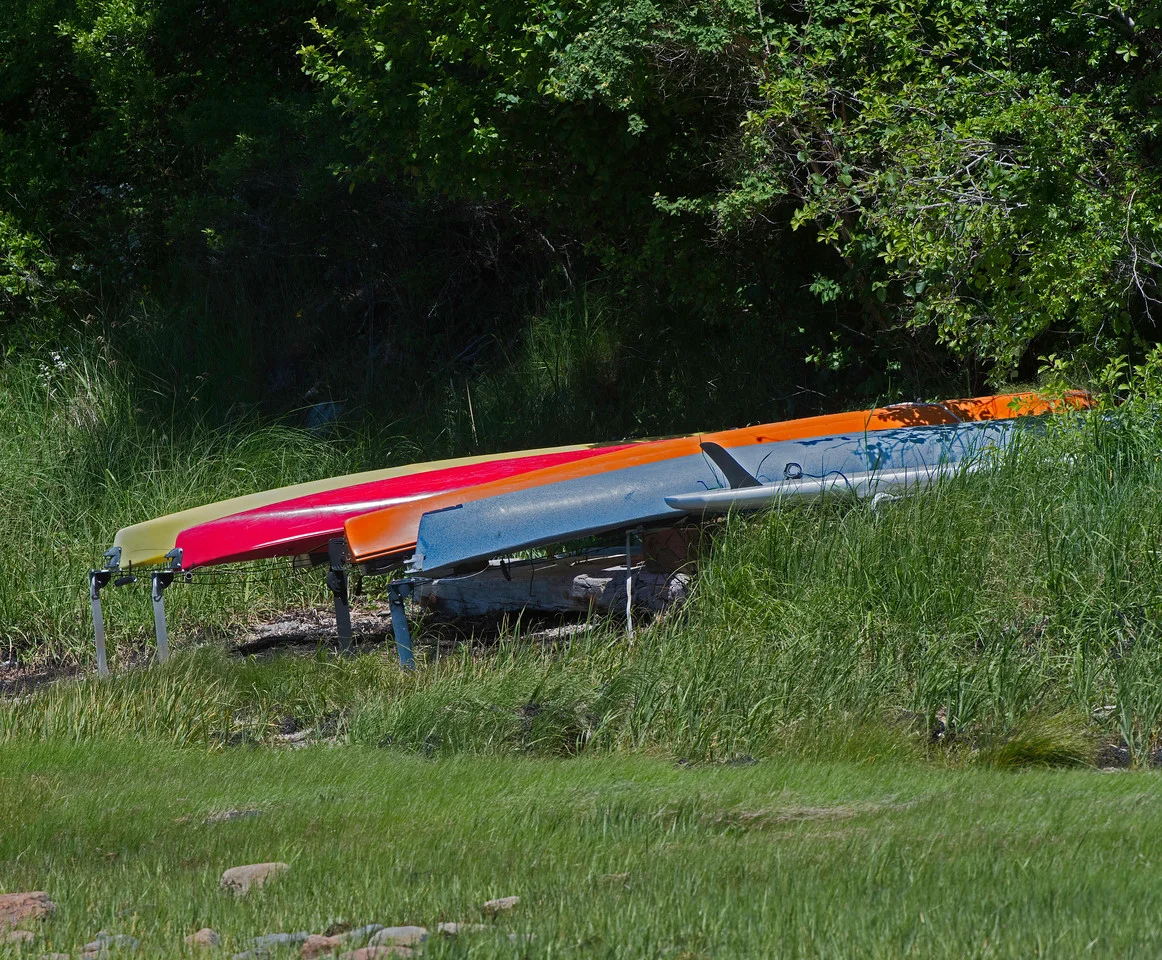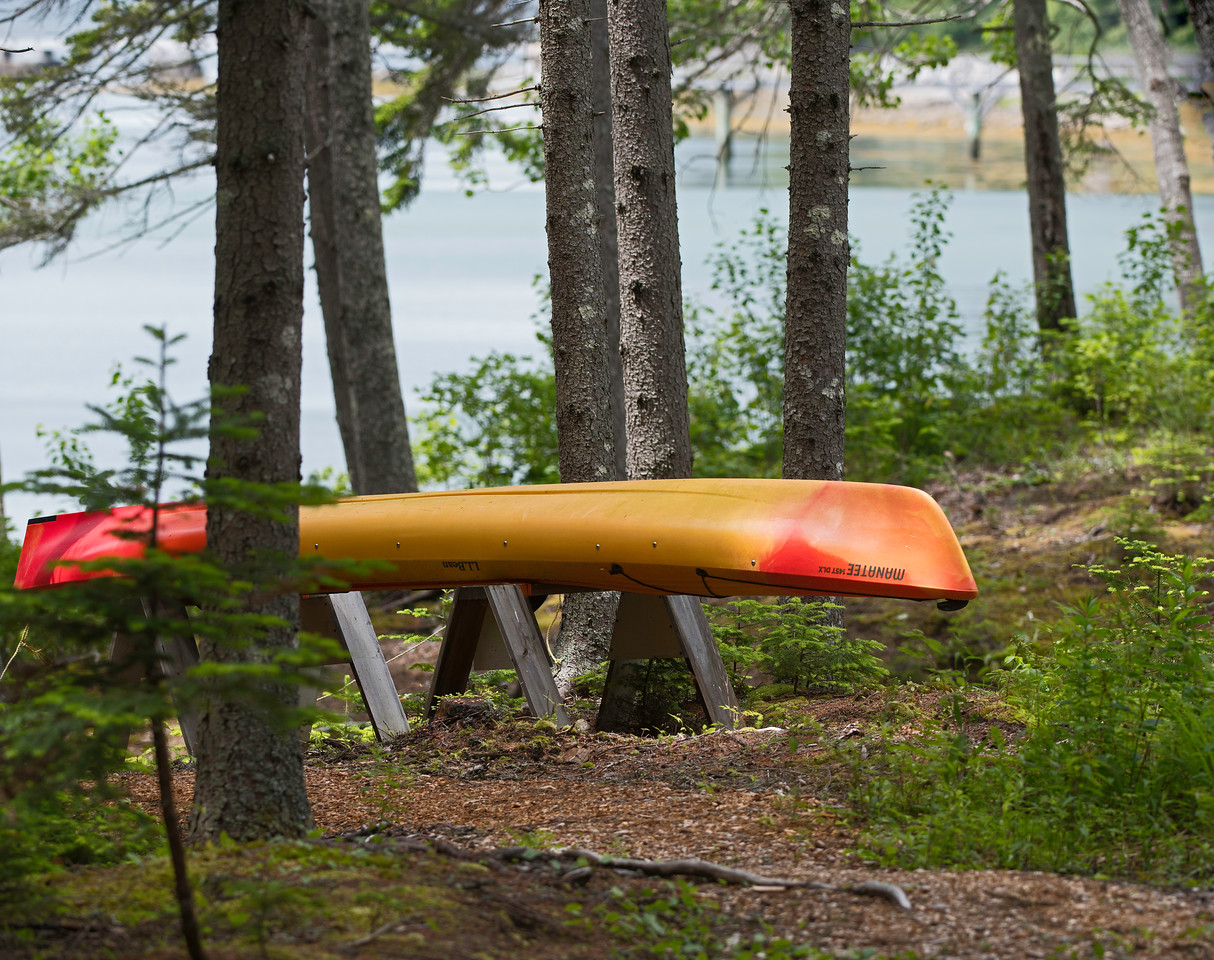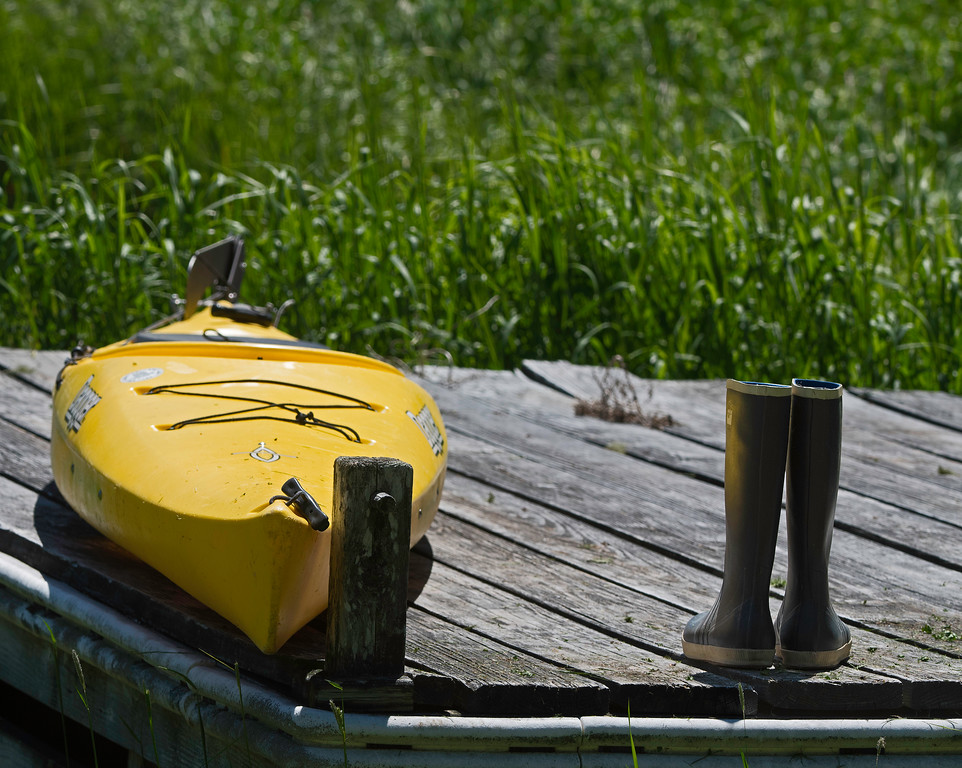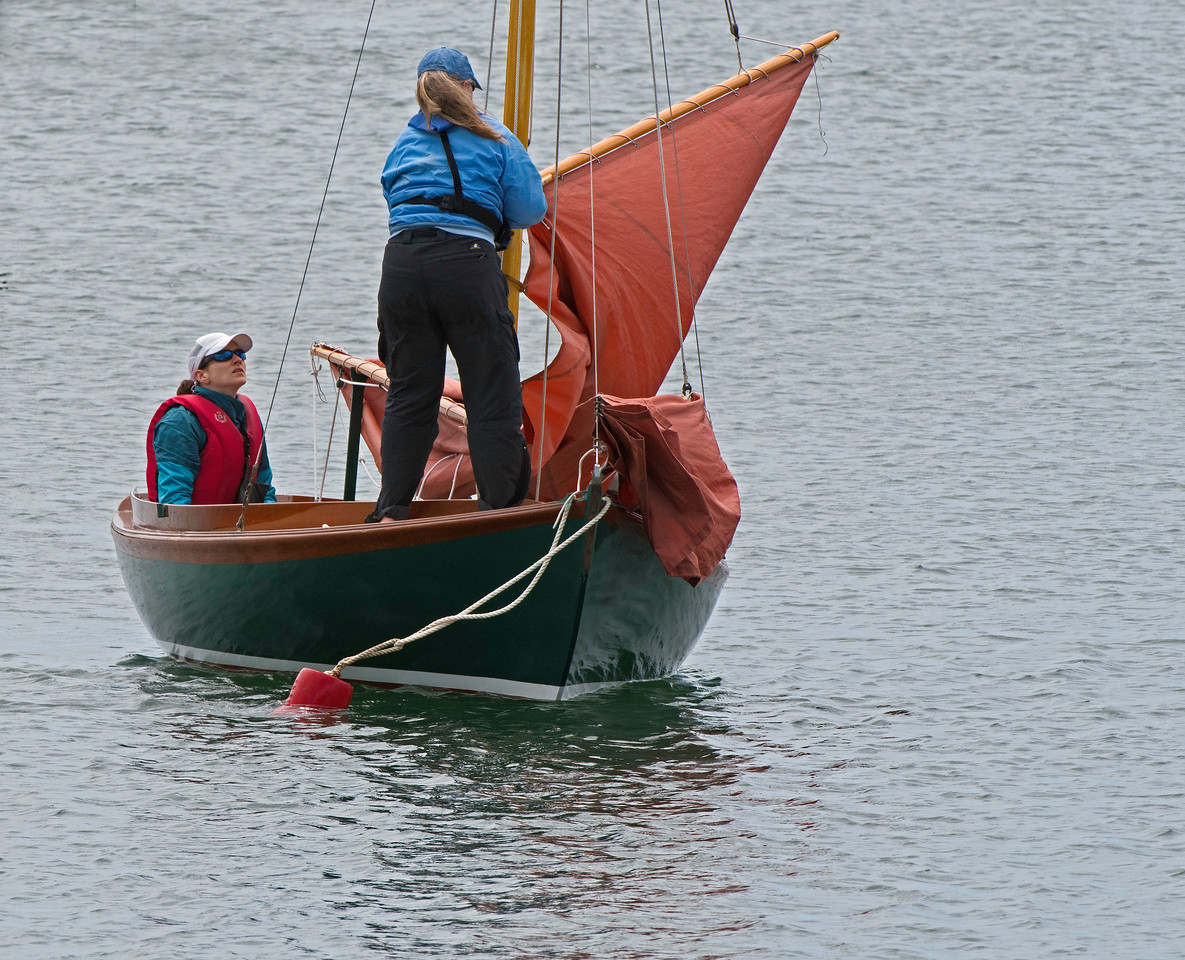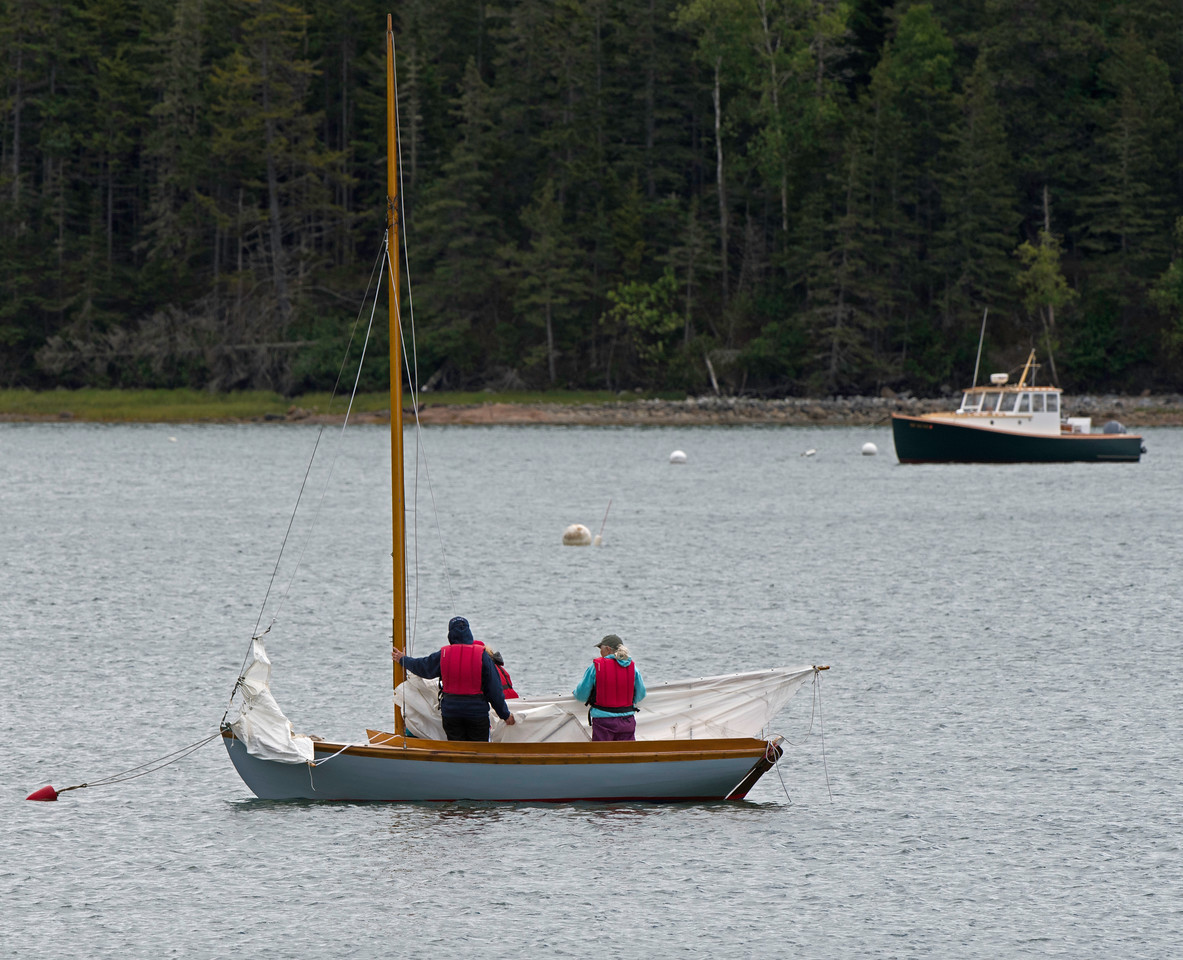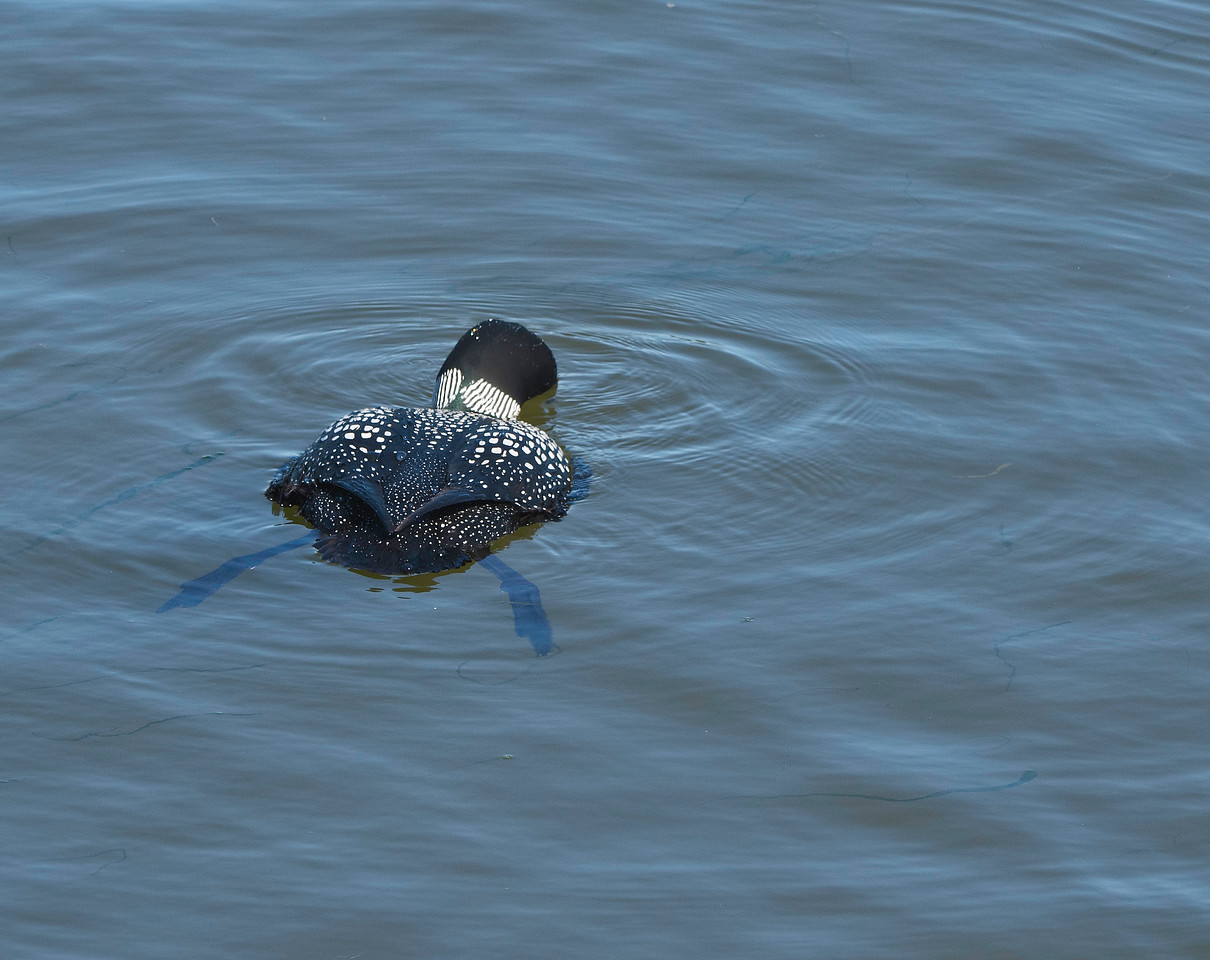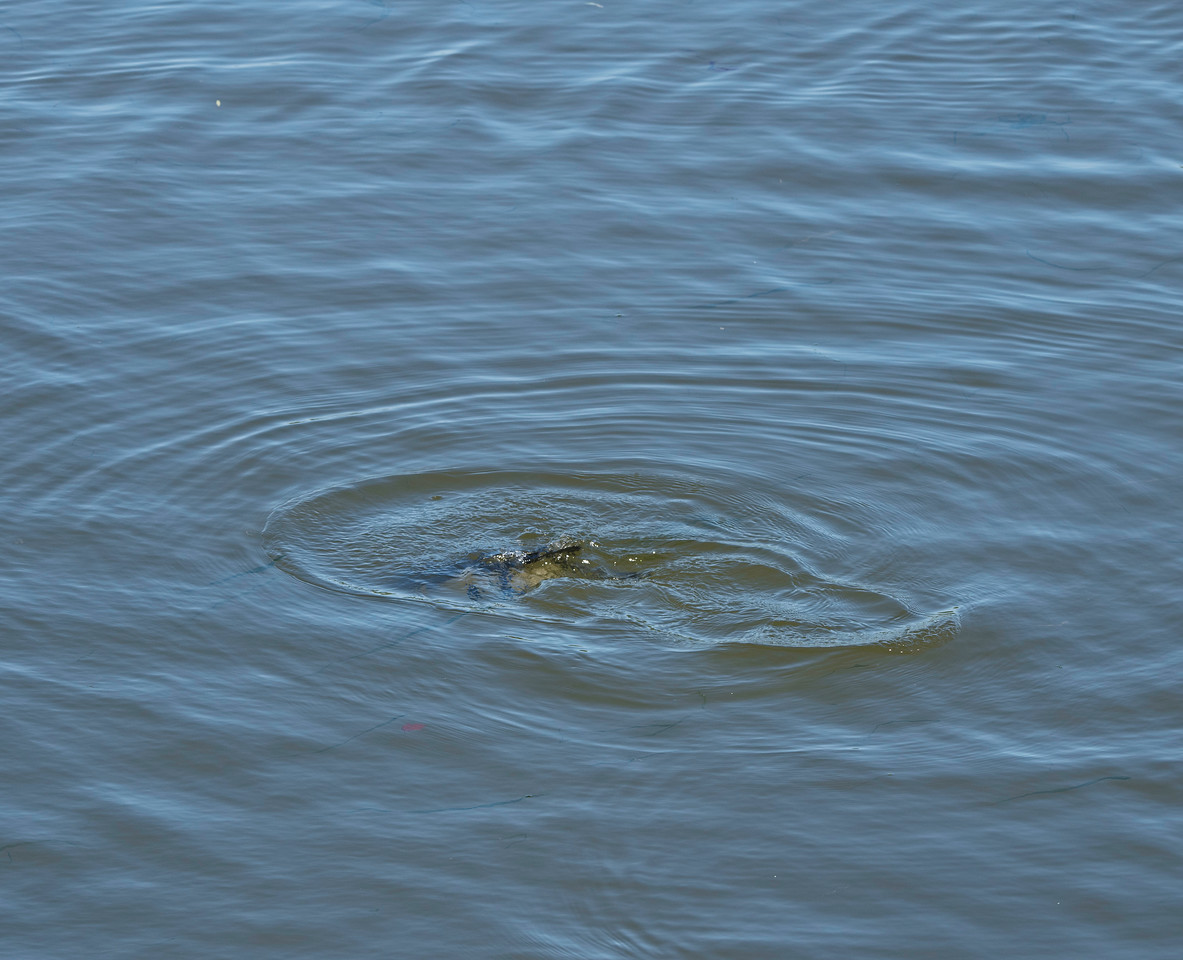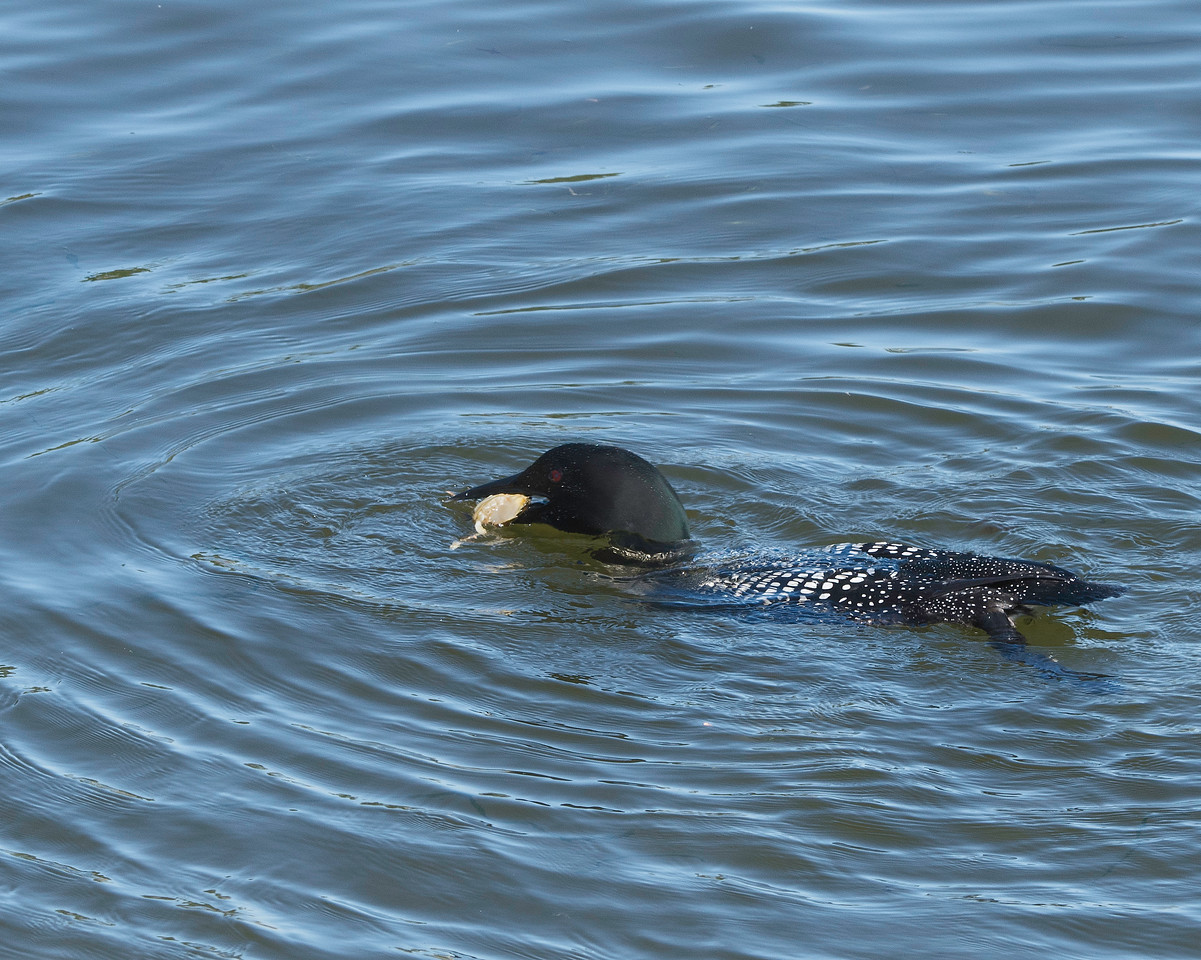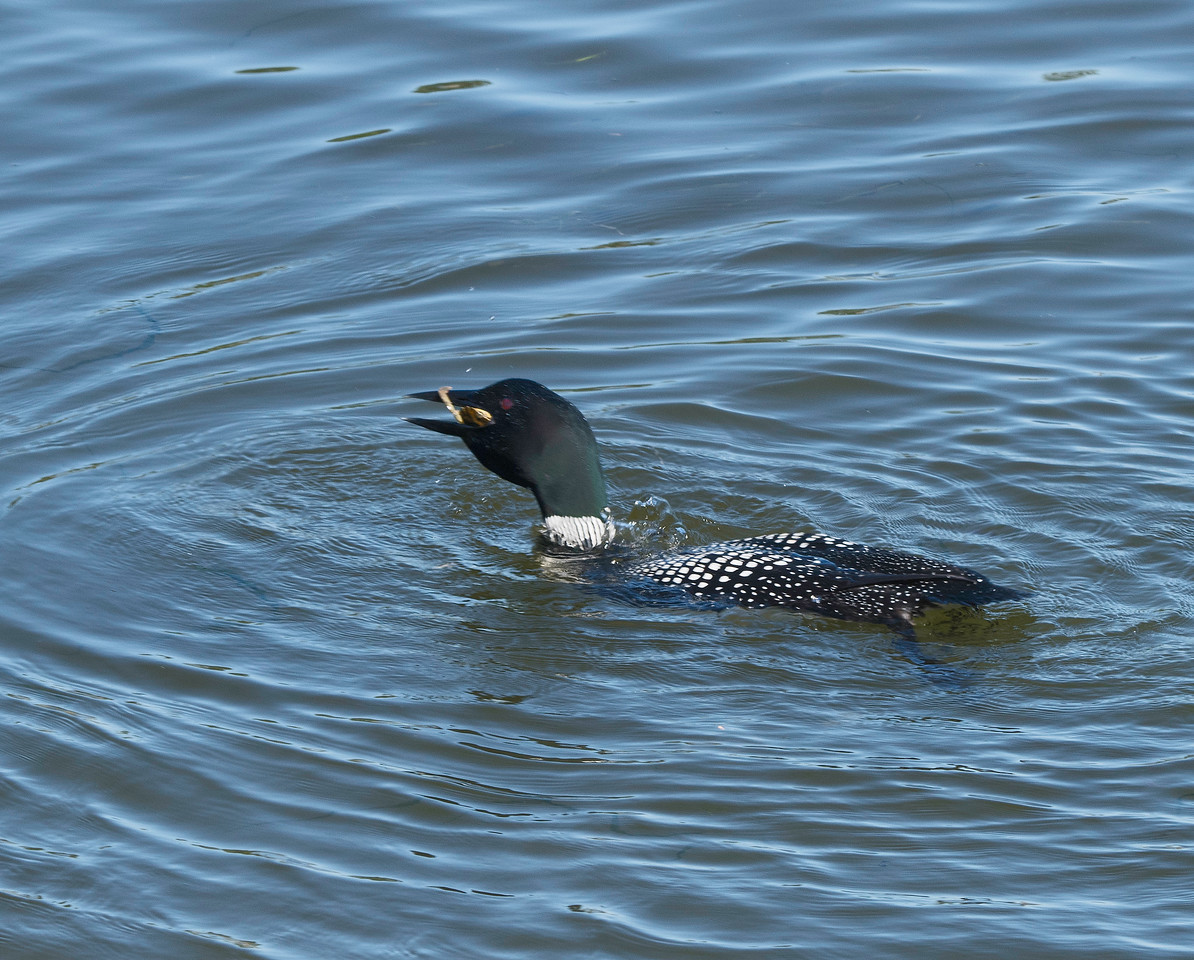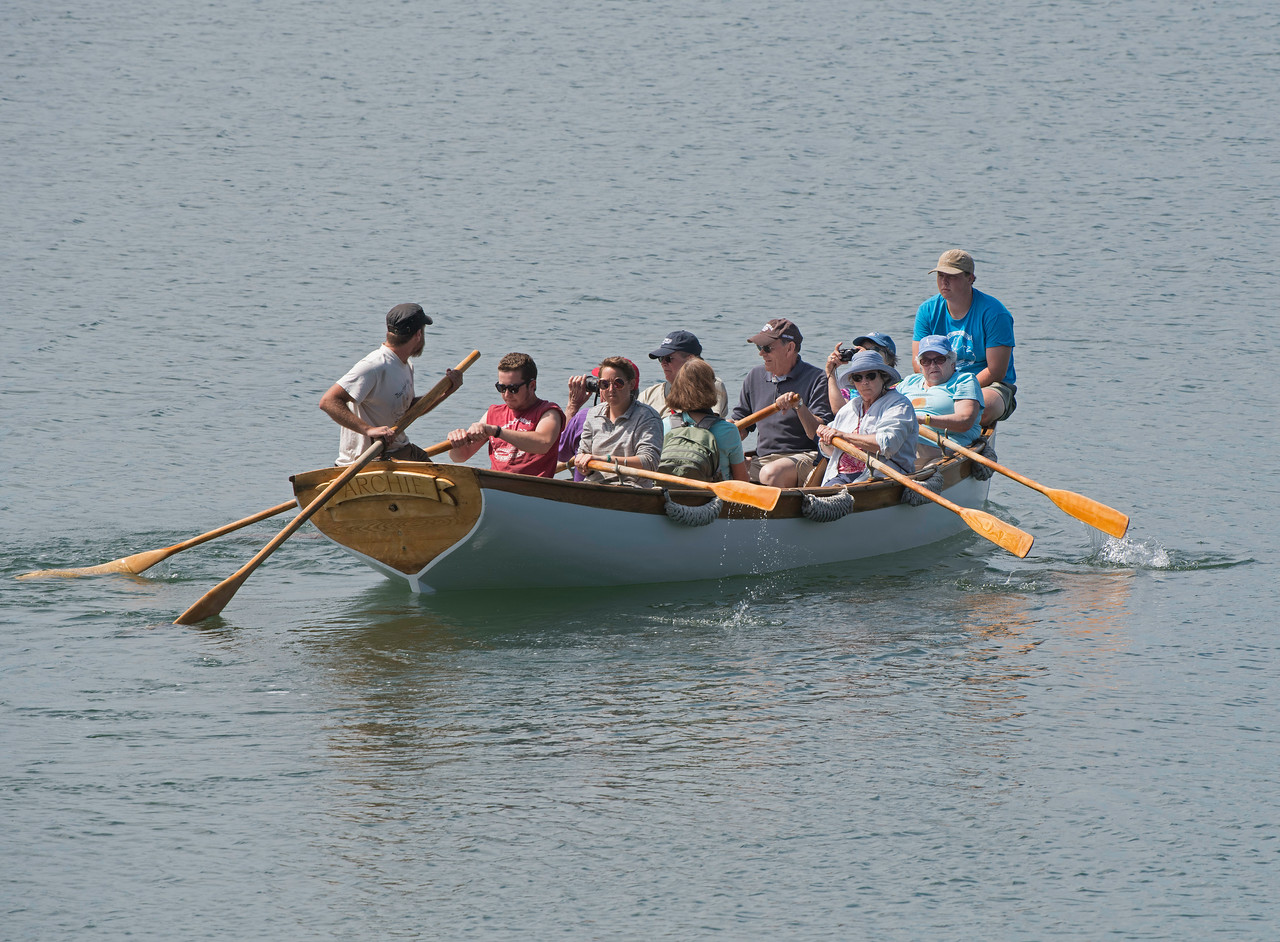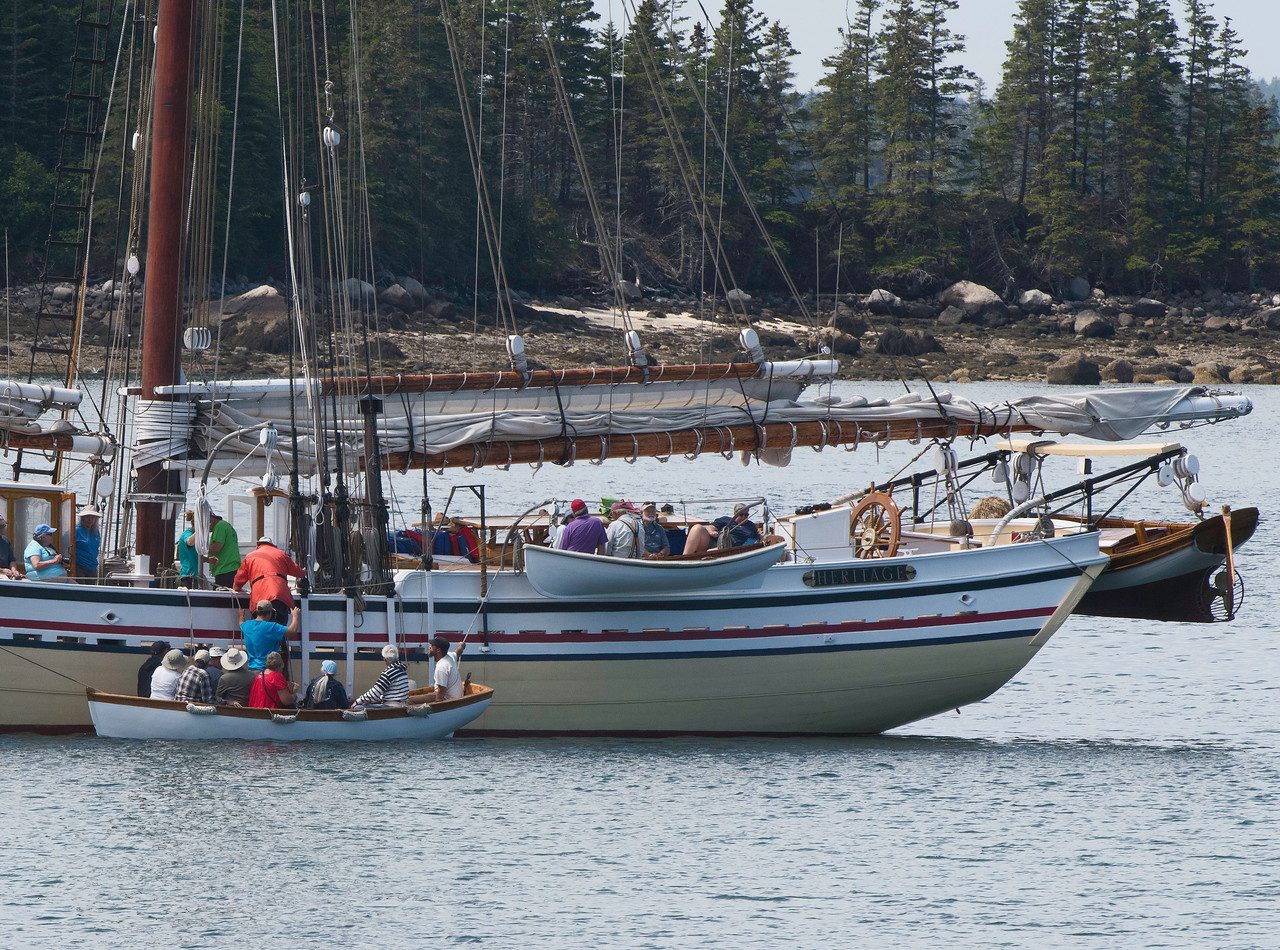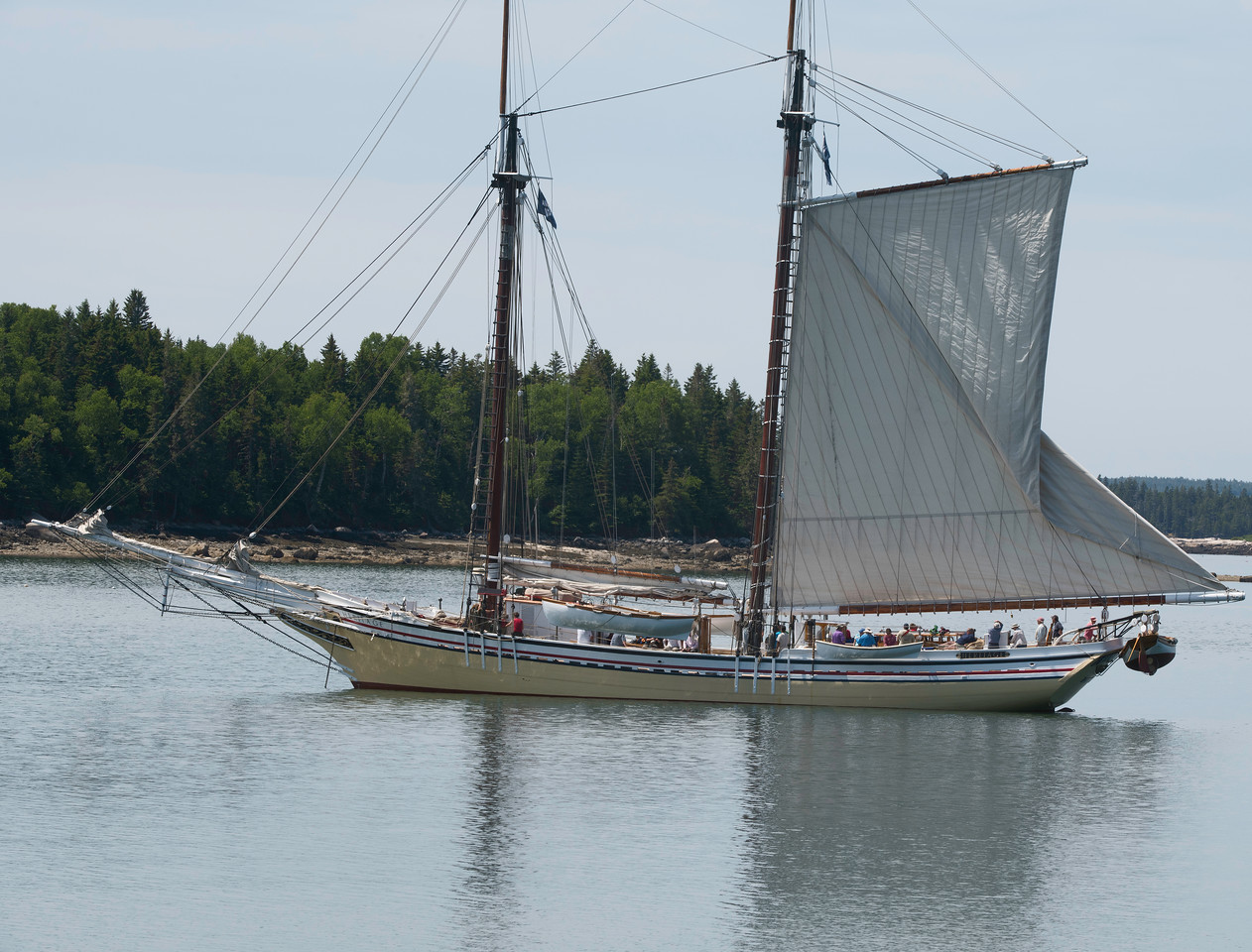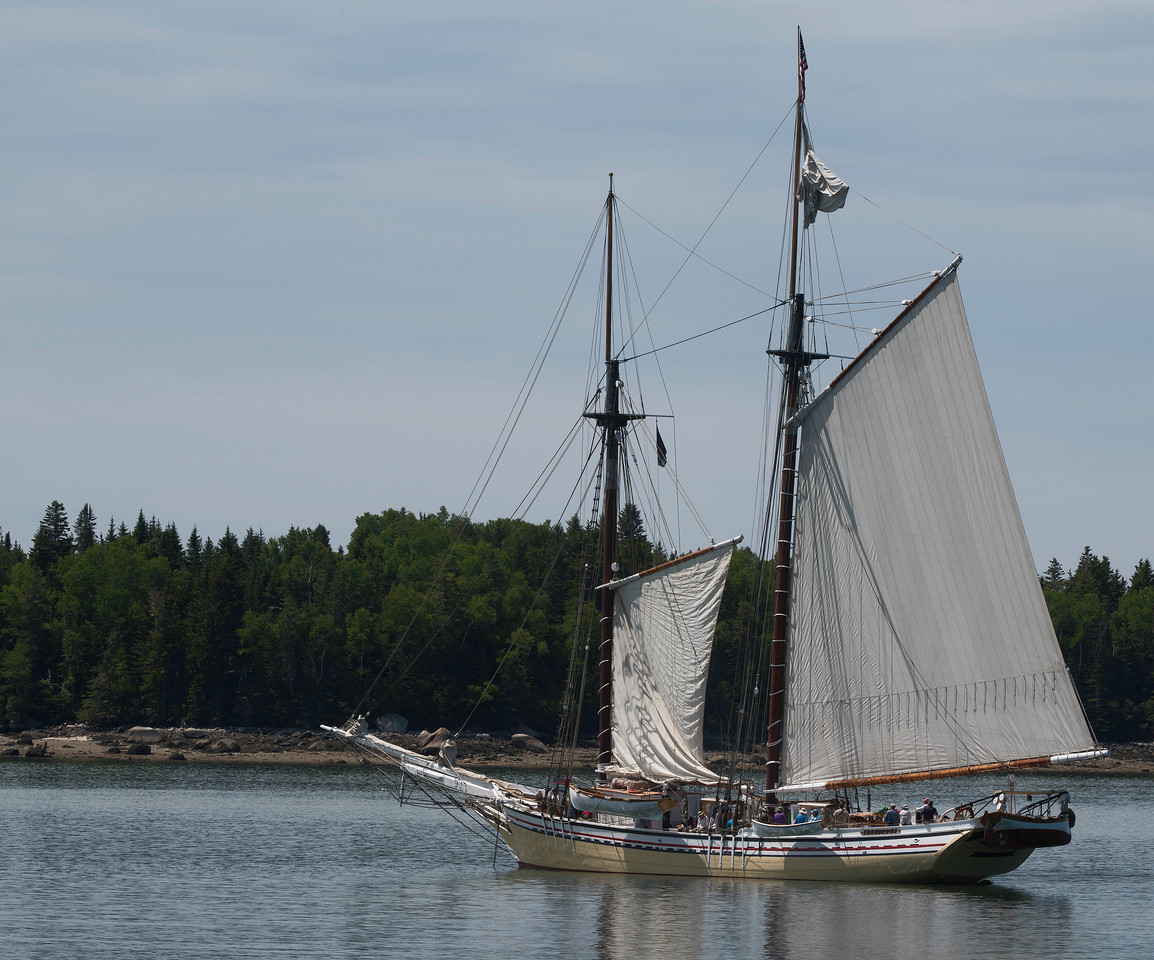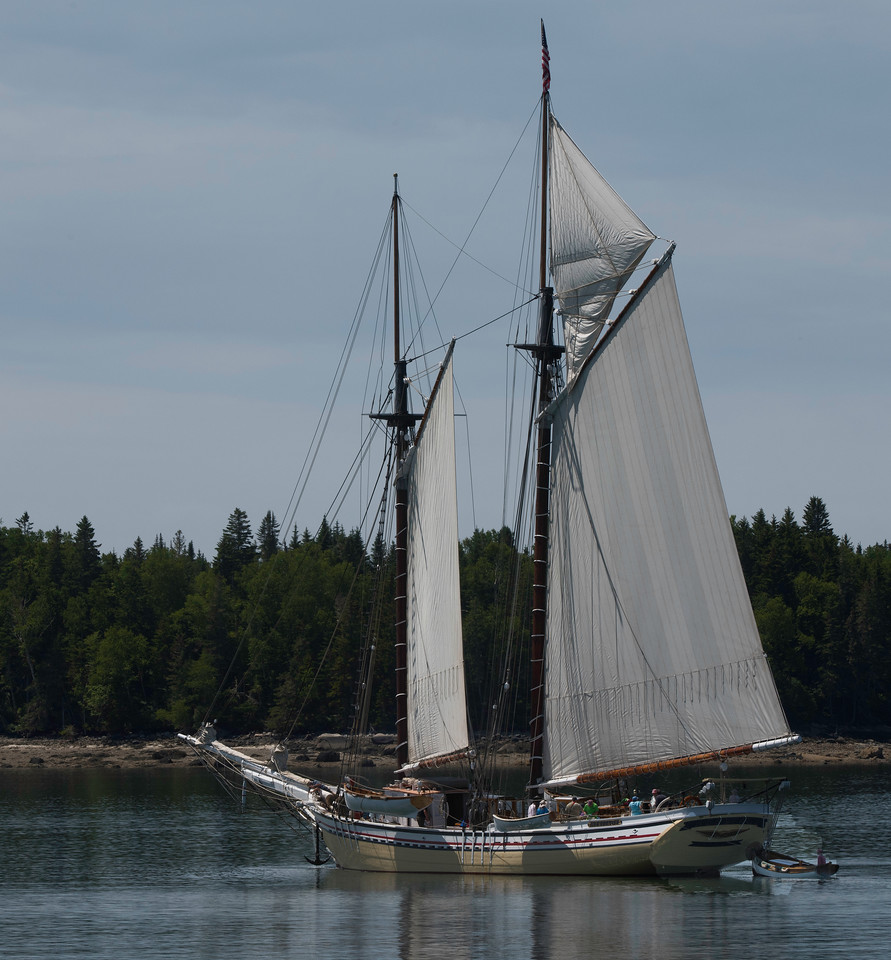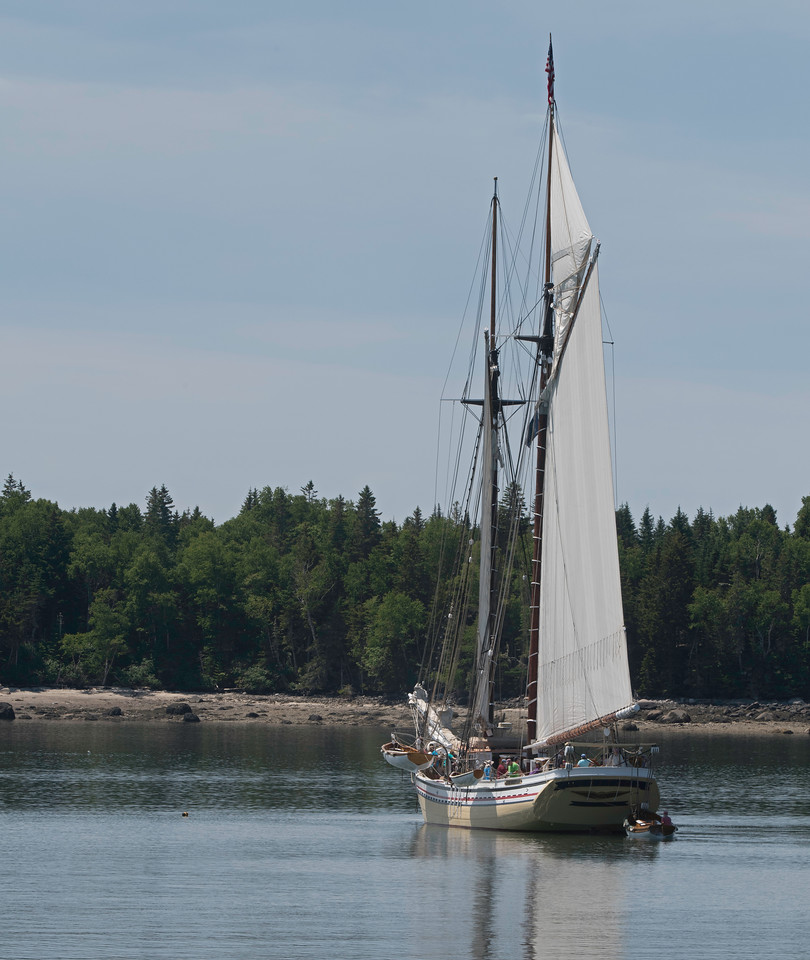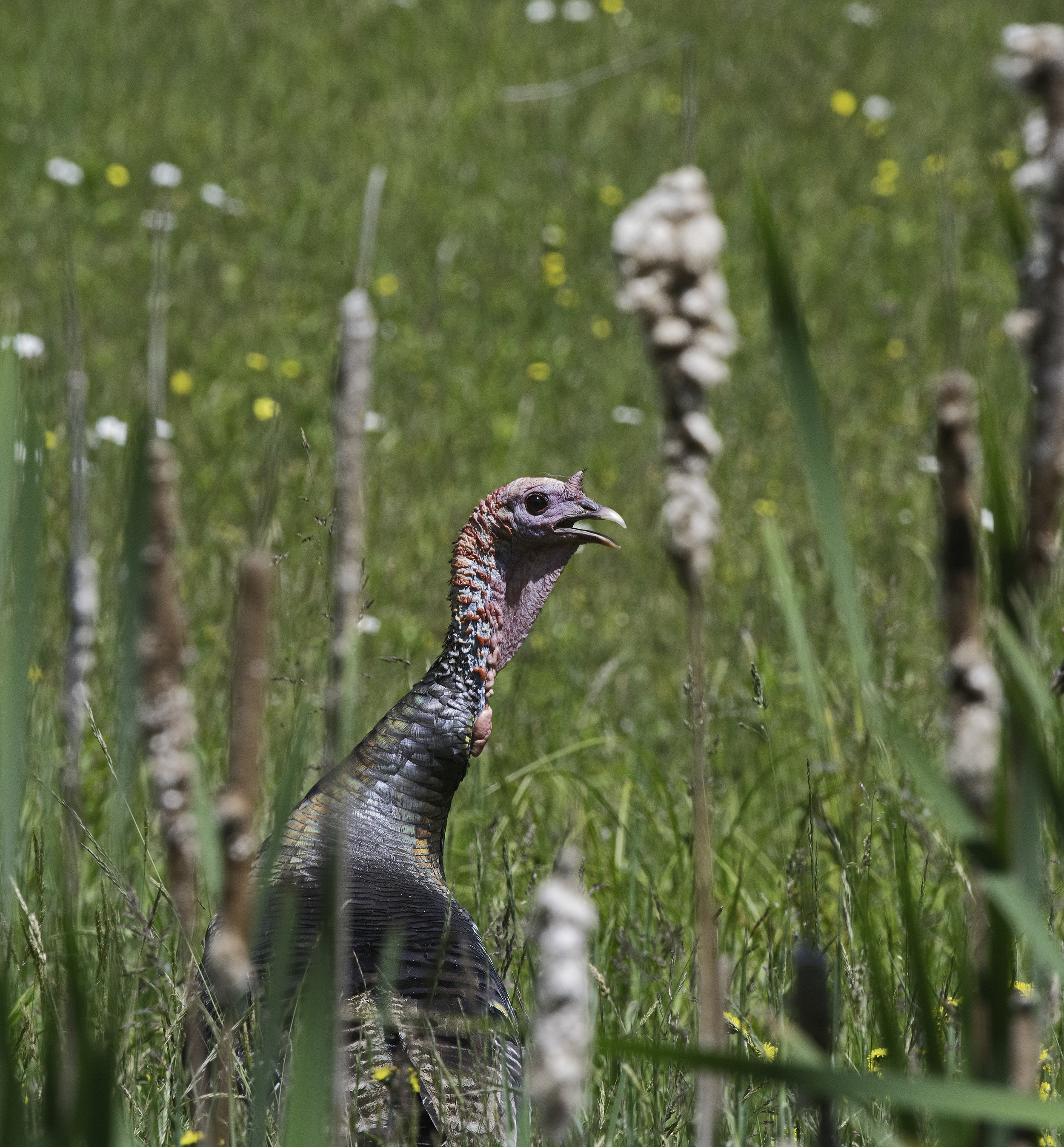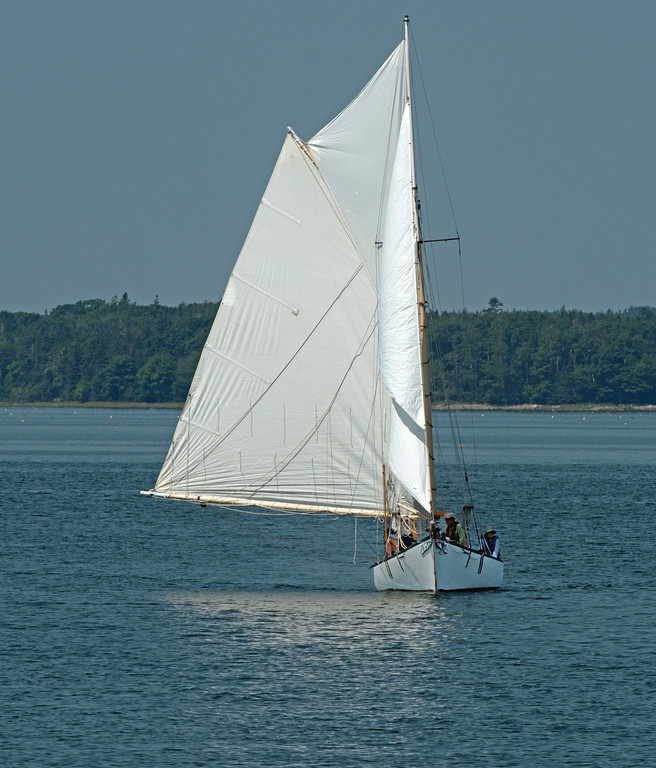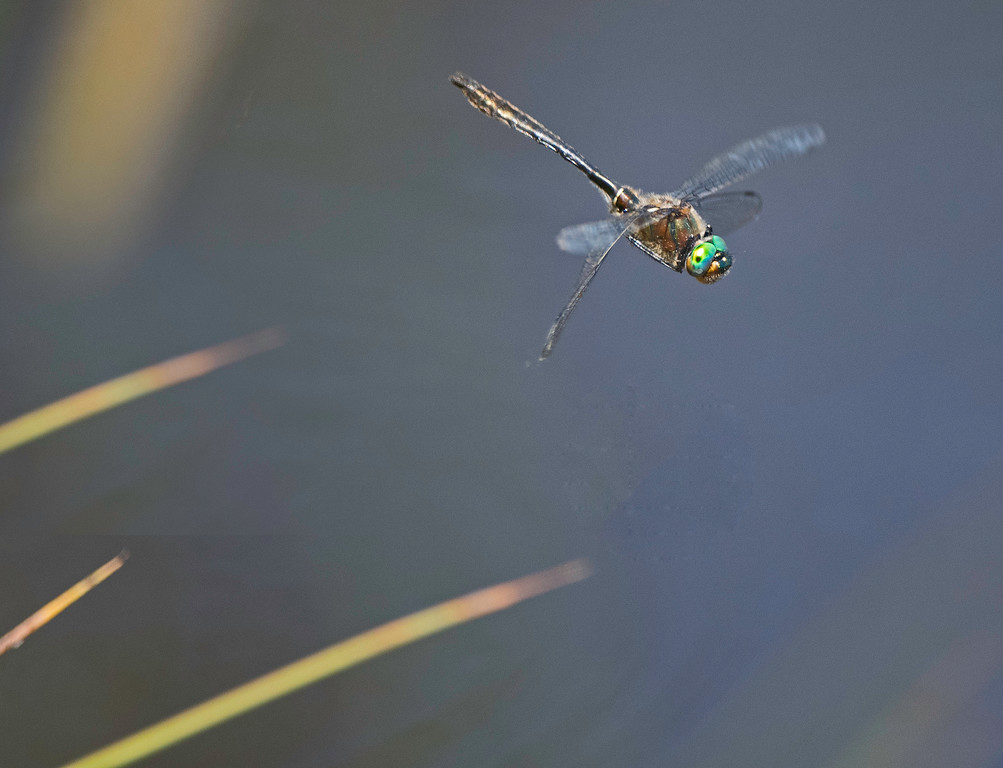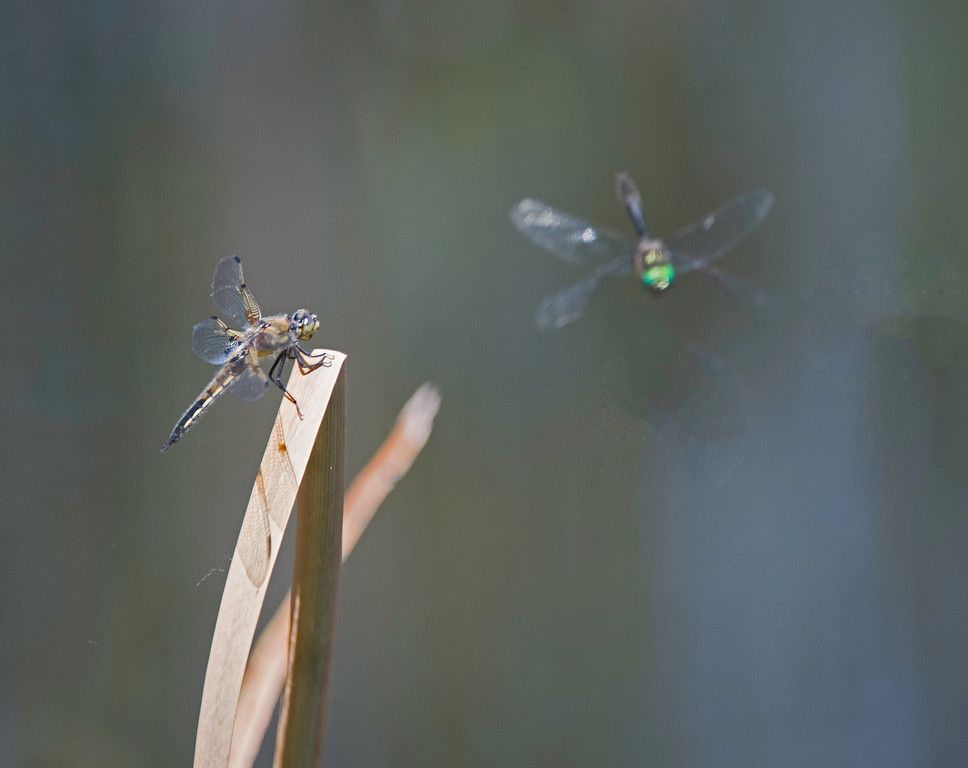Participants and attendees at yesterday’s annual Independence Day celebration here were hot, hungry, and happy. While the parade was forming, the astonishingly good Brooklin Town Band performed in the shade of the tall maples in front of the Library. When an old dance tune was played, people of a certain age showed everyone a thing or two.
The parade wound its way up Reach Road and down Naskeag Road to the Town Green. Old Glory and local veterans led the way and there was a wave of spontaneous clapping by the crowd as the flag went by.
Of course there were plenty of firetrucks from Brooklin and surrounding towns, showing our tax dollars at work and pleasing kids and kids-at-heart. Here are just three of the many:
As usual, there were clever and unique homemade floats, including "Lobstahzilla."
Vintage cars and trucks are popular up here; maybe the winters encourage a lot of garage time. Here are a just a few that motored by:
You don't need a permit to participate in the Brooklin parade. Some people just march along, wanting to parade in front of neighbors; many glide by in rigged-out bicycles.
By the time that the celebratory parade ends, a new one begins on the Town Green. Gossiping neighbors and friends move slowly in a long line that ends at gobs of barbecued chicken and hot dogs, roasted corn, potato salad, coleslaw, watermelon, and water or soft drink .
Meanwhile, the youngsters test their skills at the Wet Sponge Throw, Dead Chicken Toss, and other games.
As we walk to our cars parked along Naskeag Road afterwards, we can't help but notice the waving American Flags on each telephone pole: needed reminders of the importance of liberty and all that it took to shape this country into something special.
(Brooklin, Maine)
For larger versions of the above images, as well as additional images of the July 4th celebration, click on the link below. (We recommend that your initial viewing be in full-screen mode, which can be achieved by clicking on the Slideshow [>] icon on the right above the featured image in the gallery to which the link will take you.) Here’s the link for more:
https://leightons.smugmug.com/US-States/Maine/Out/2018-in-Maine/Independence-Day-in-Brooklin/



